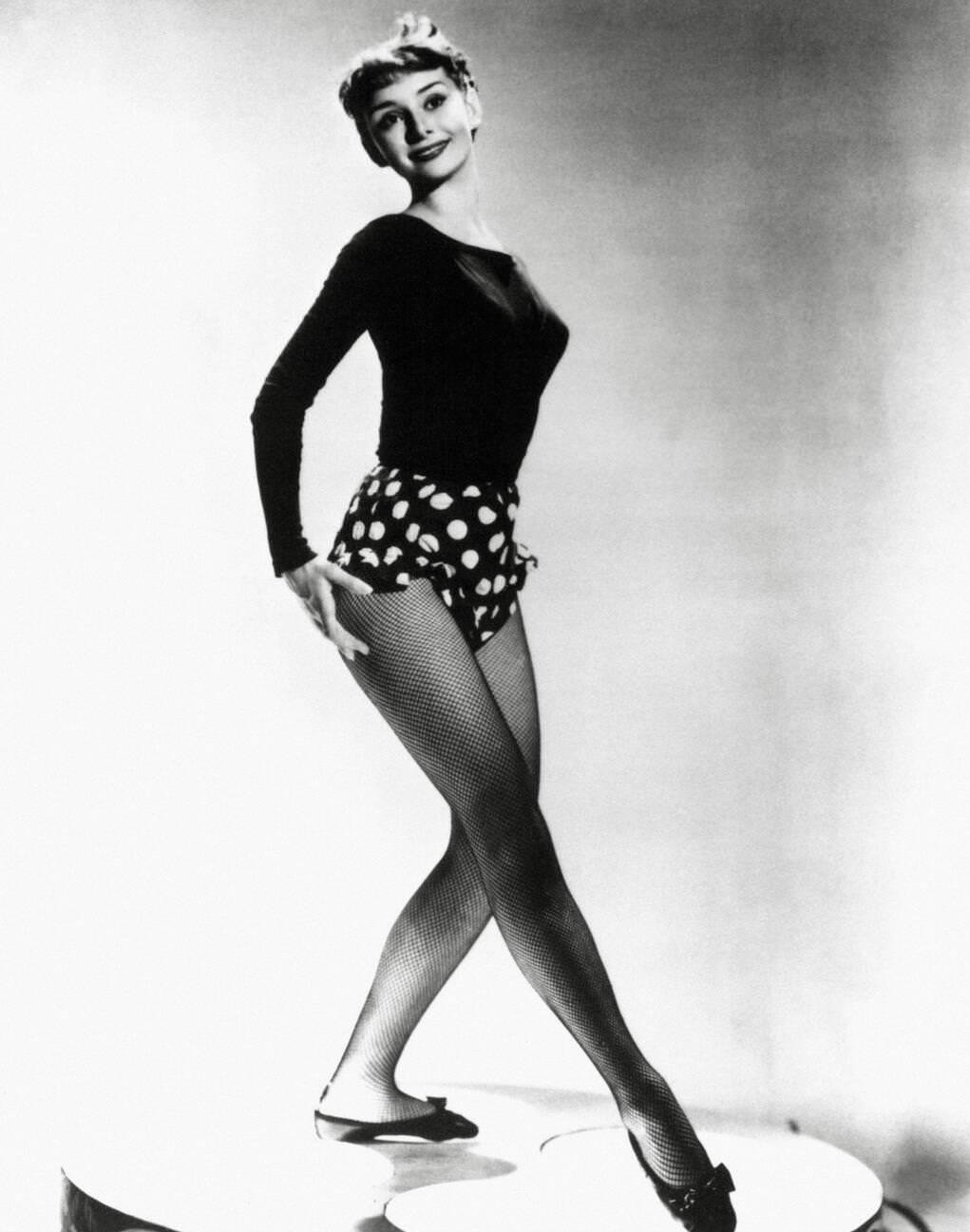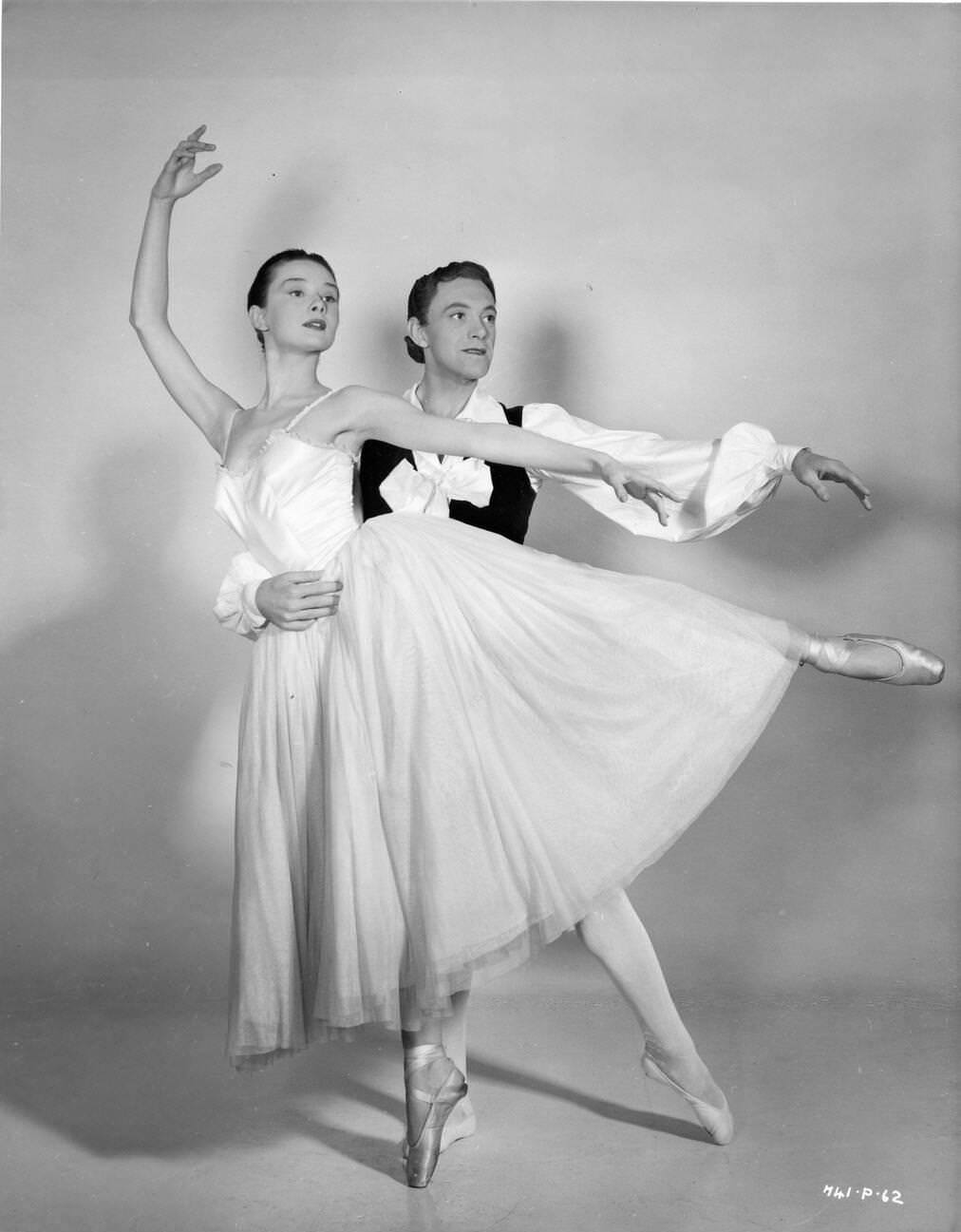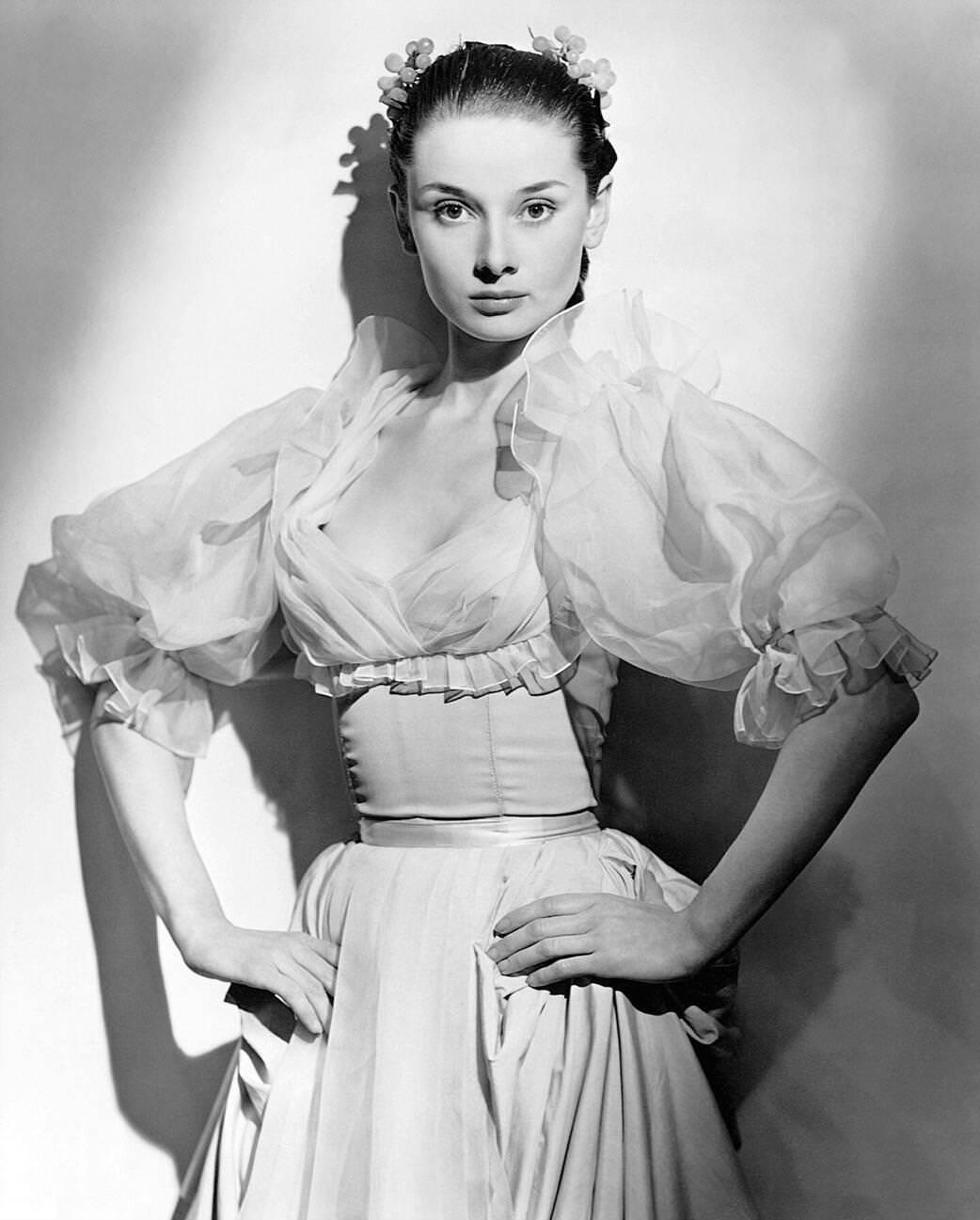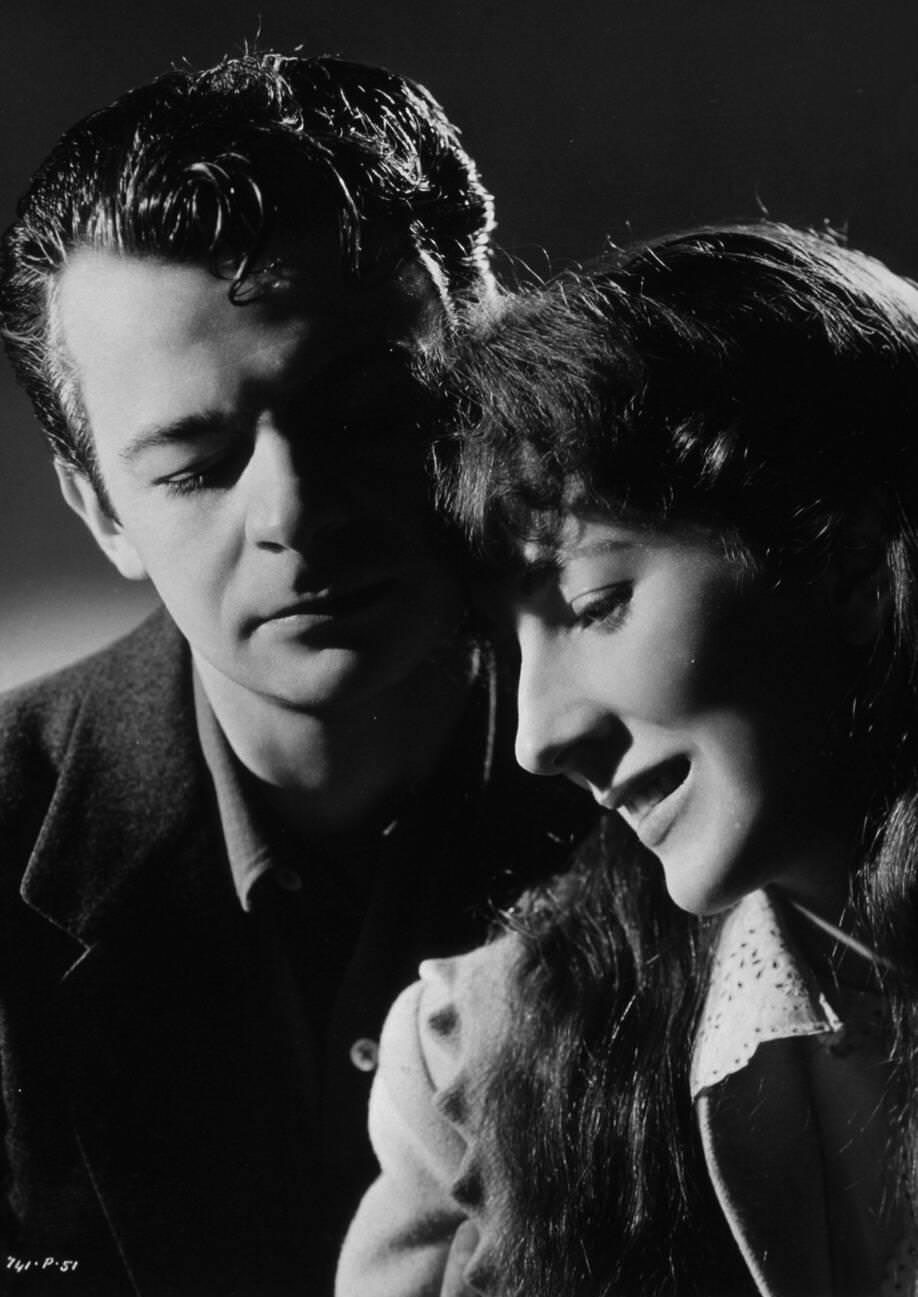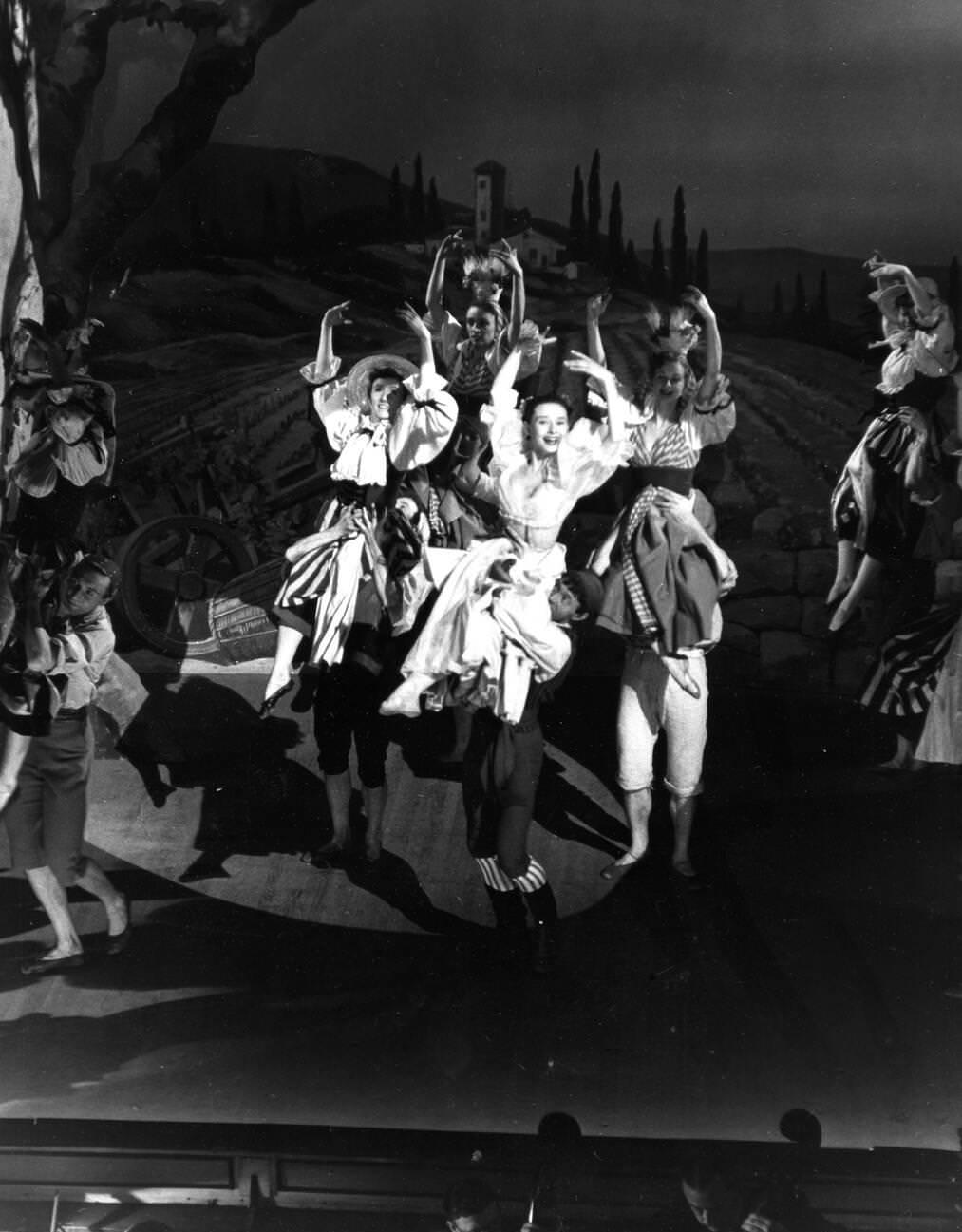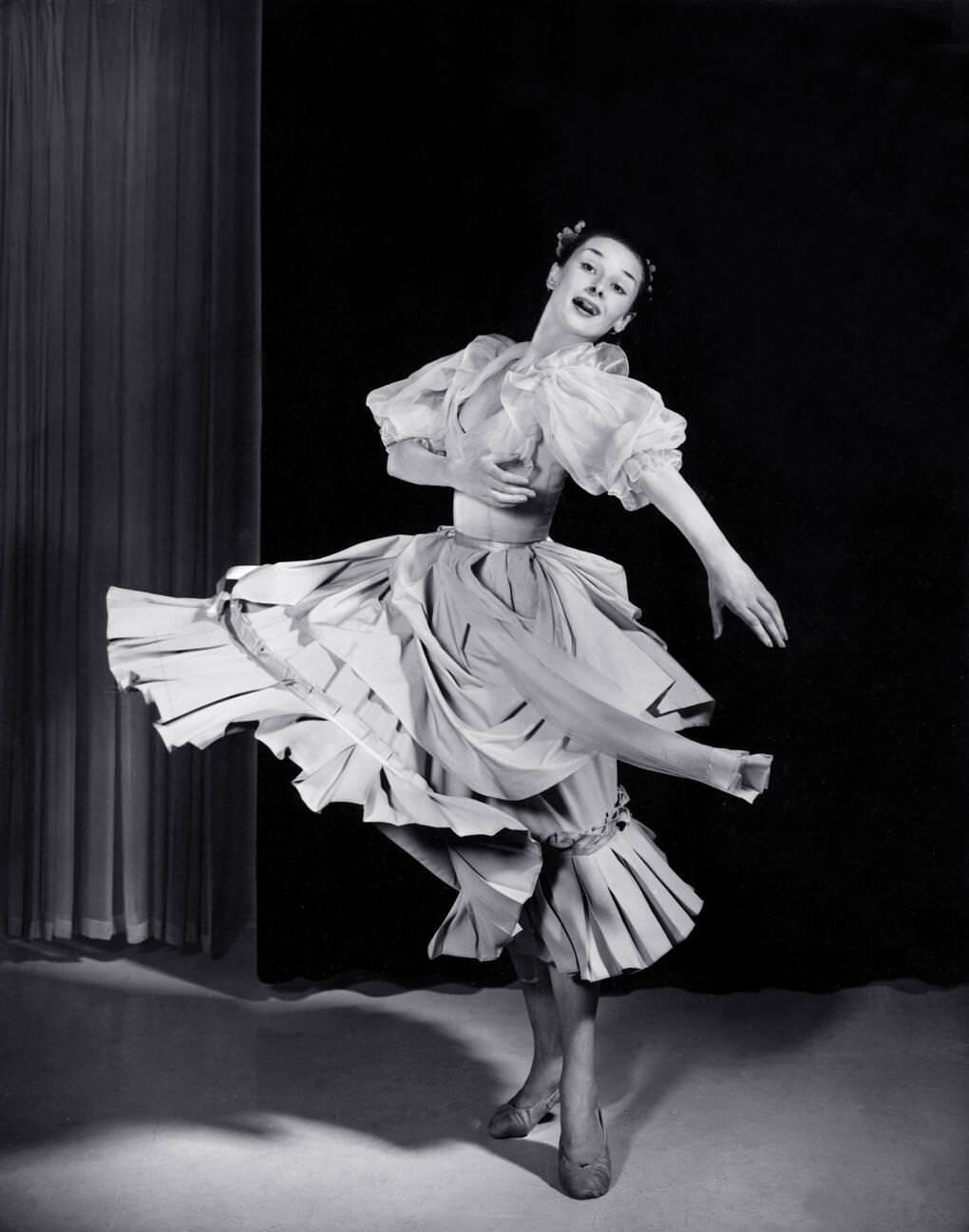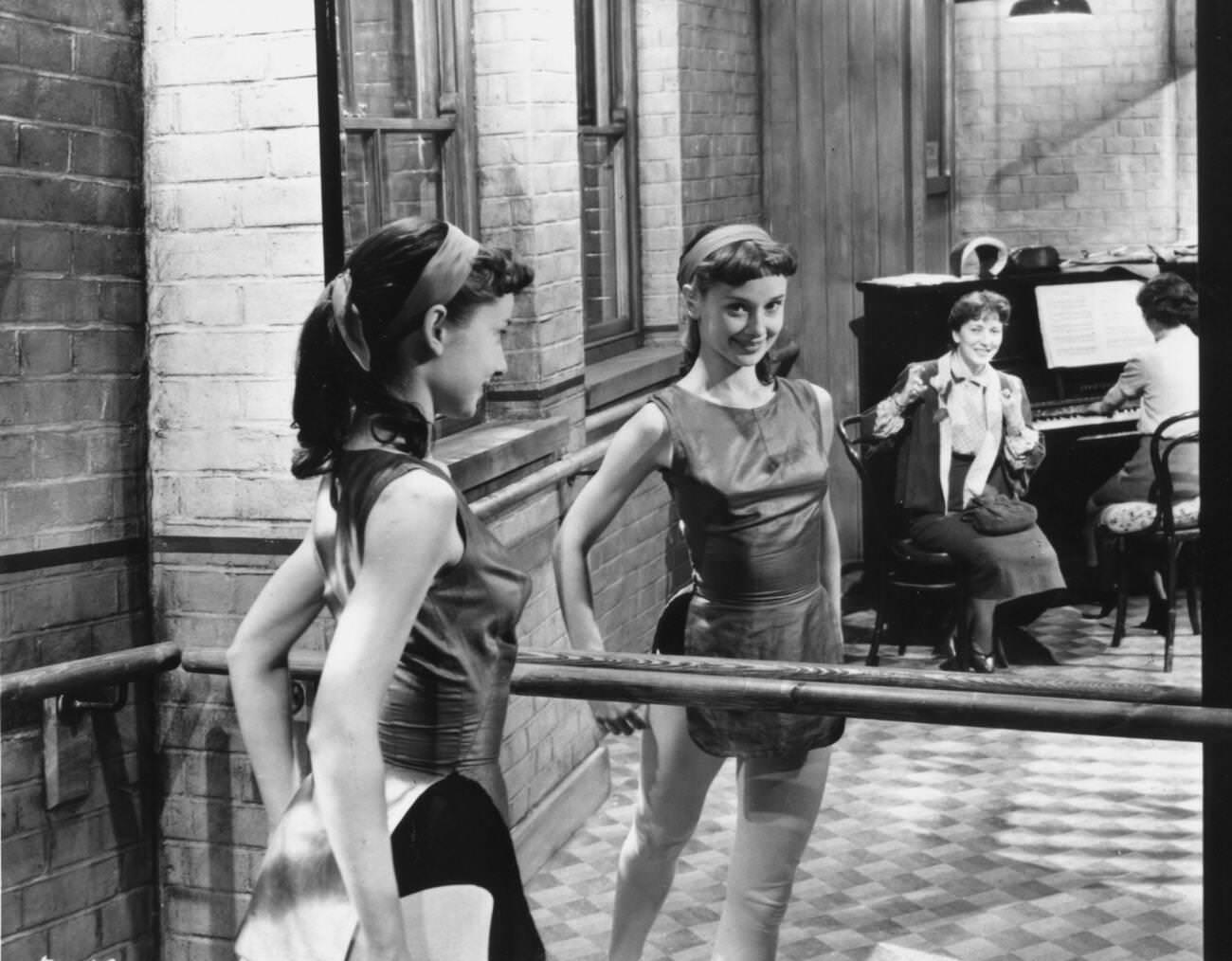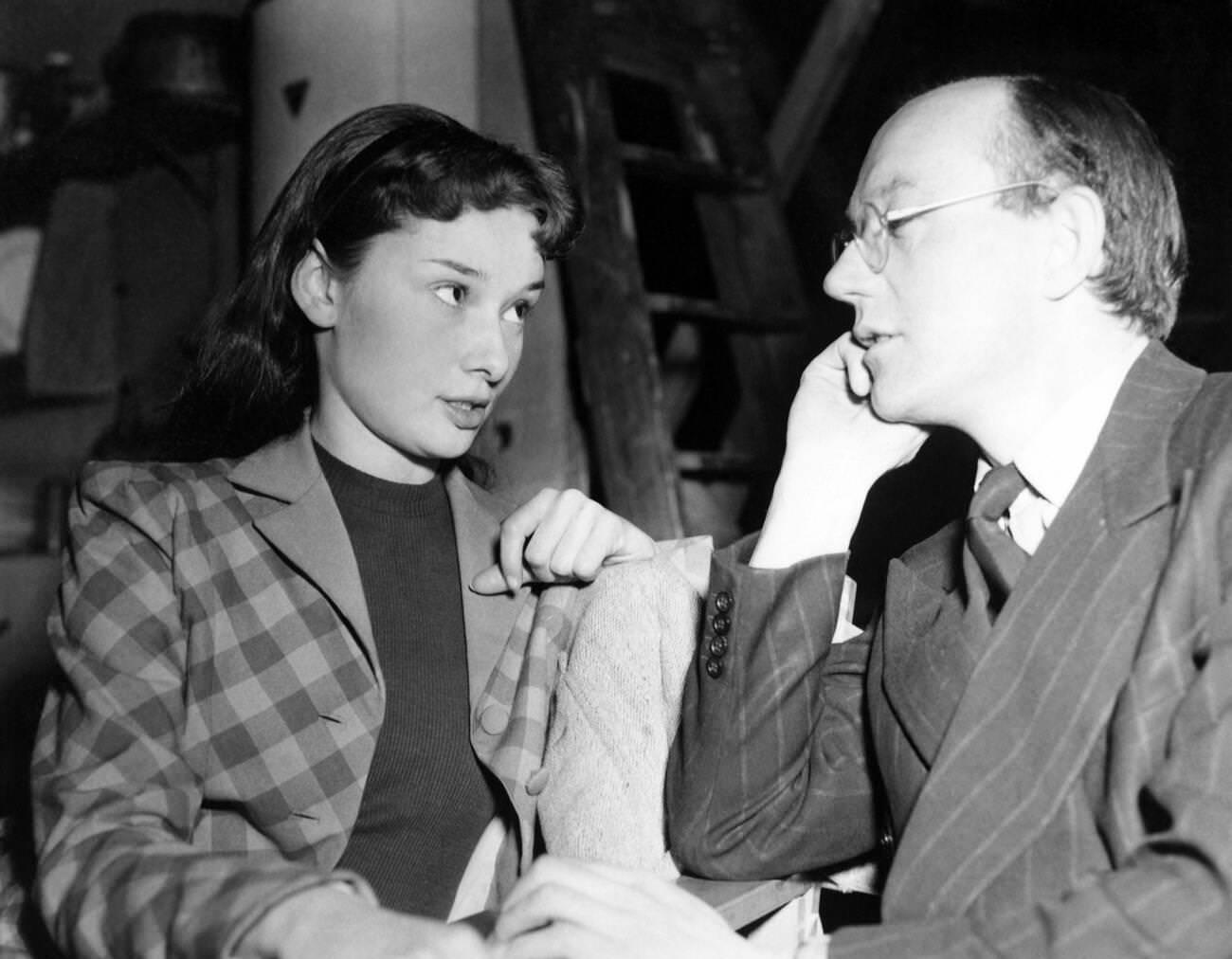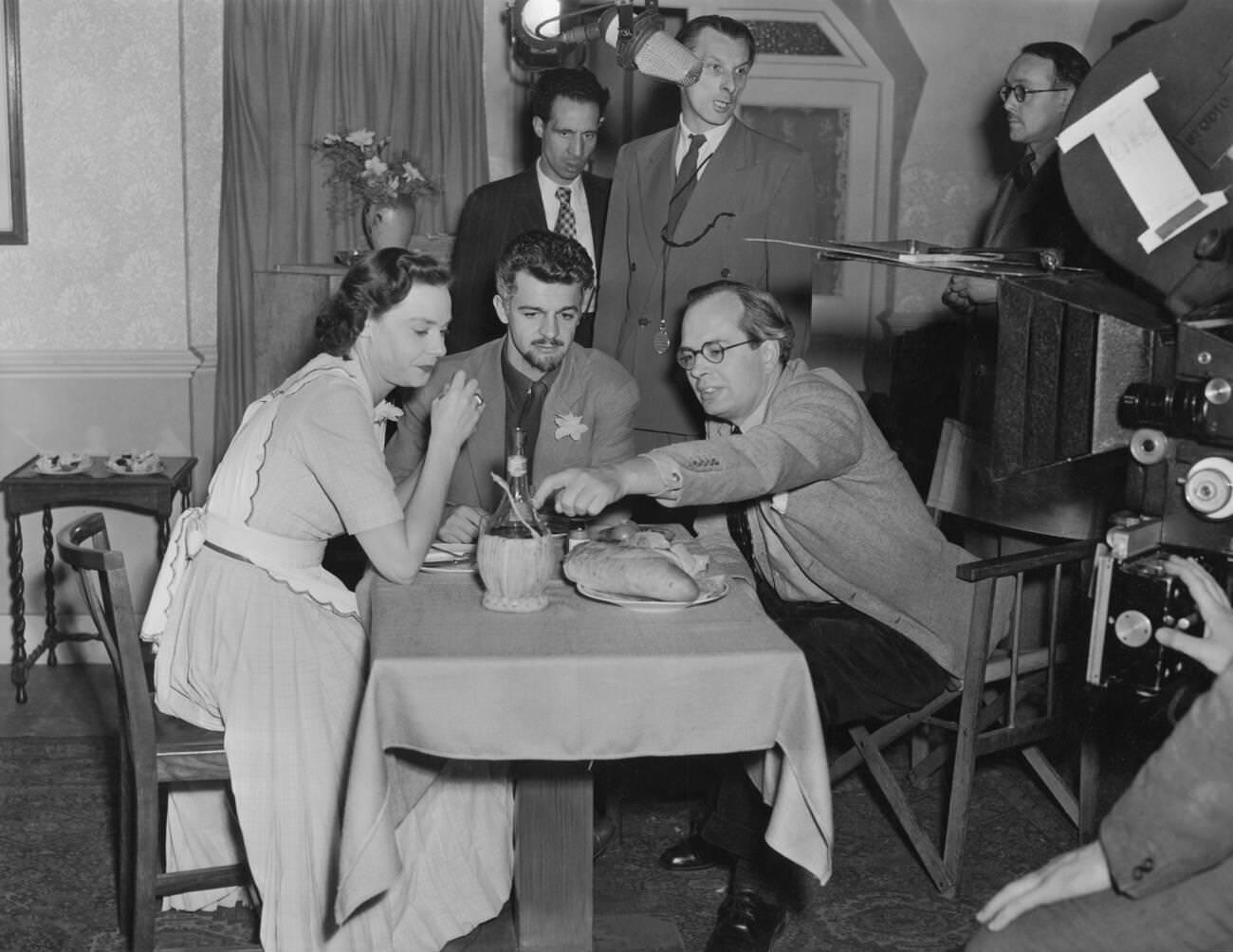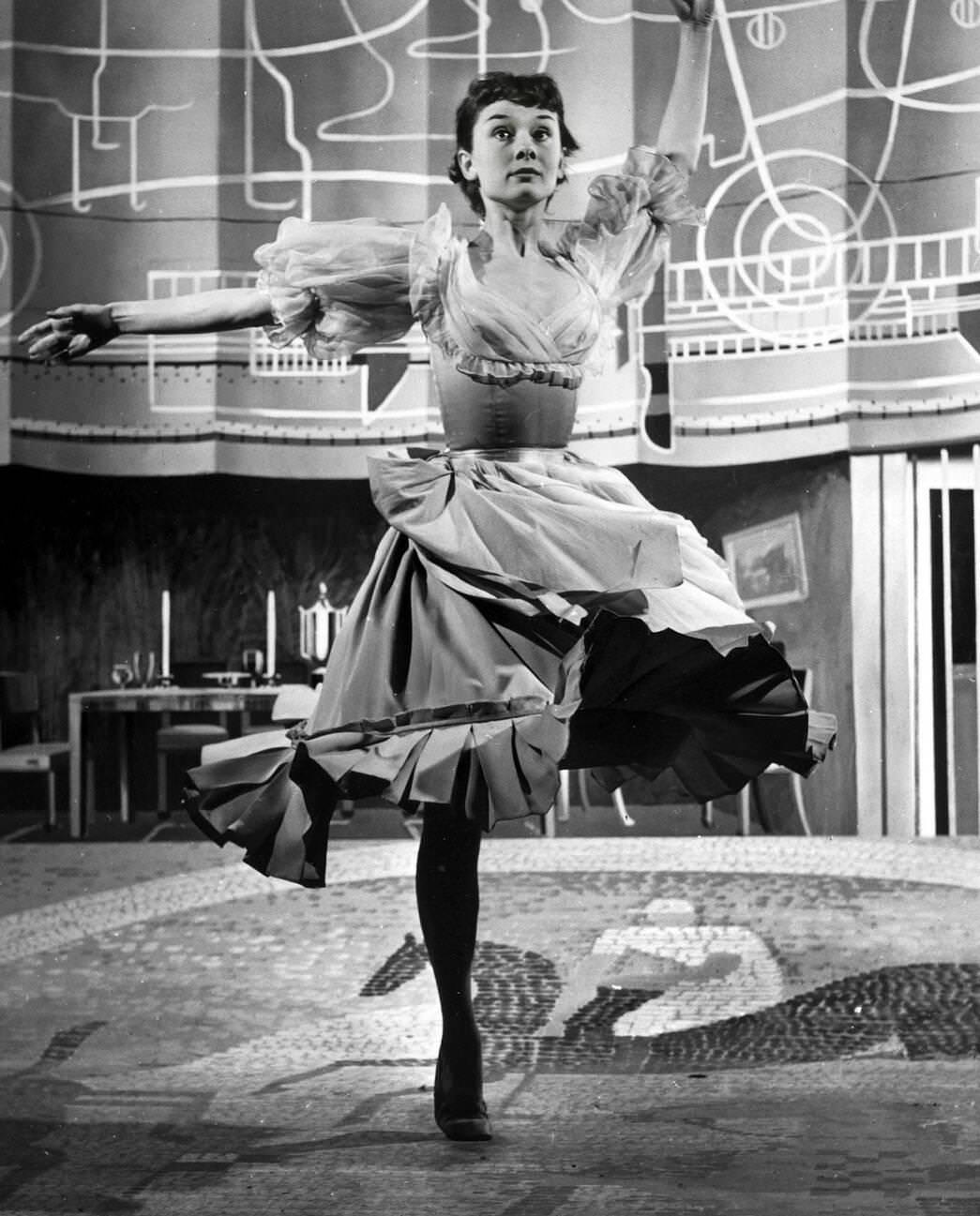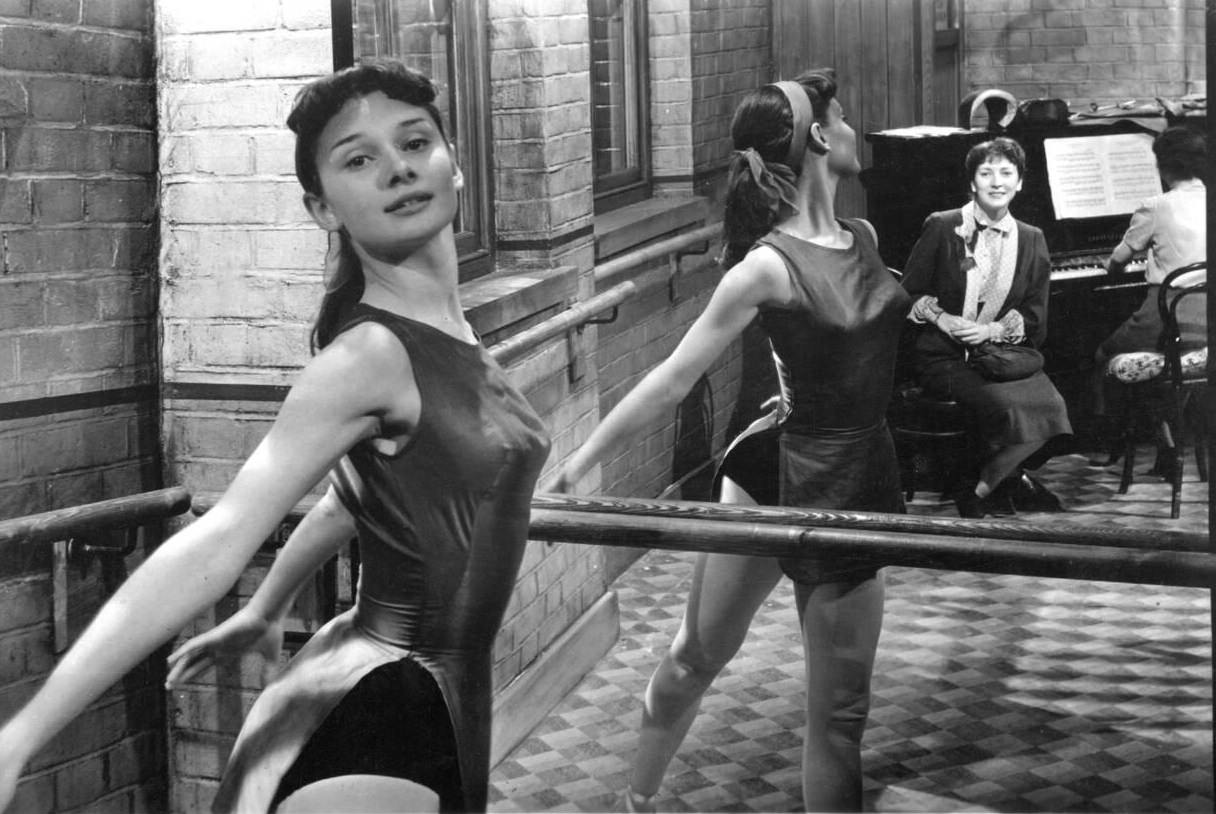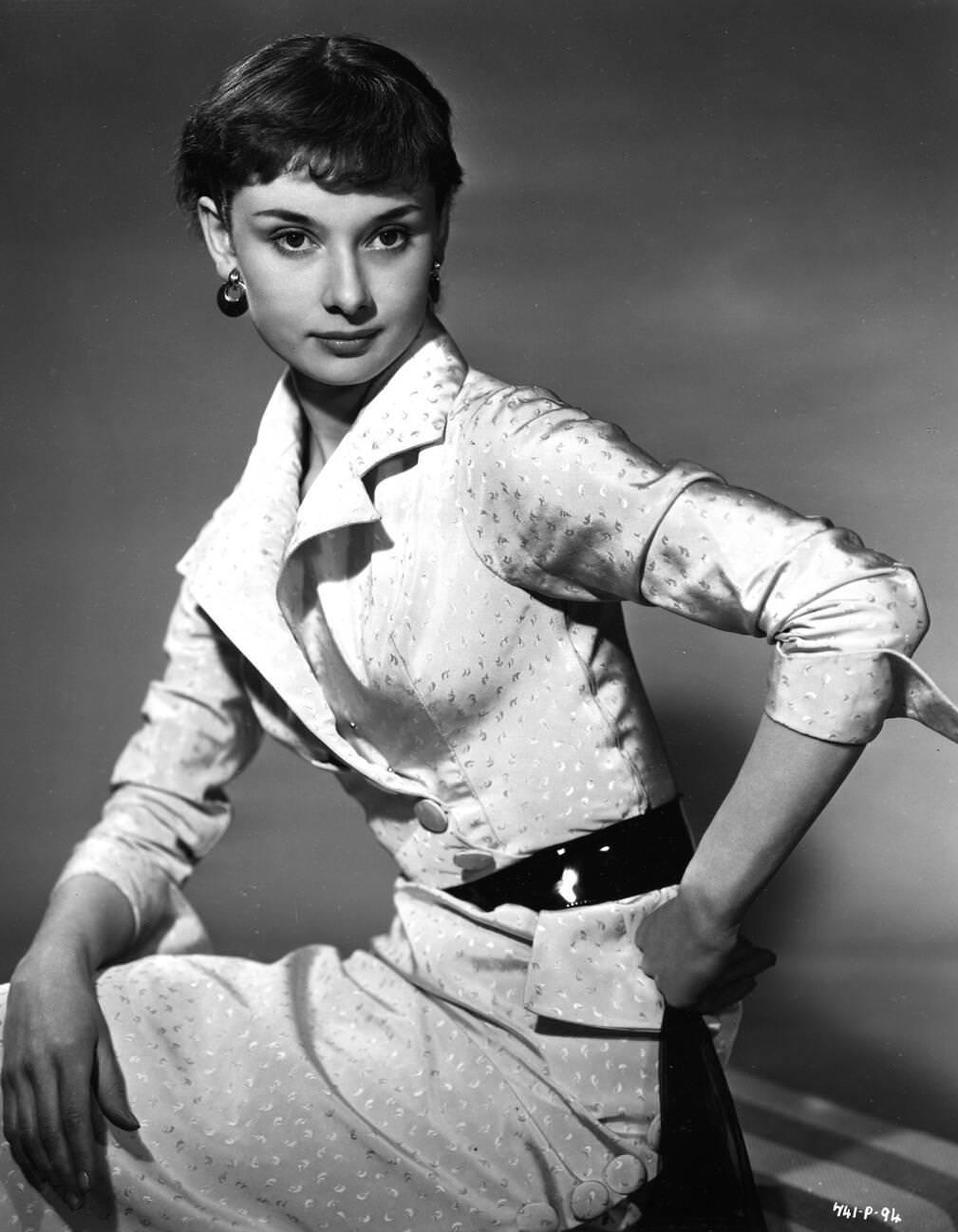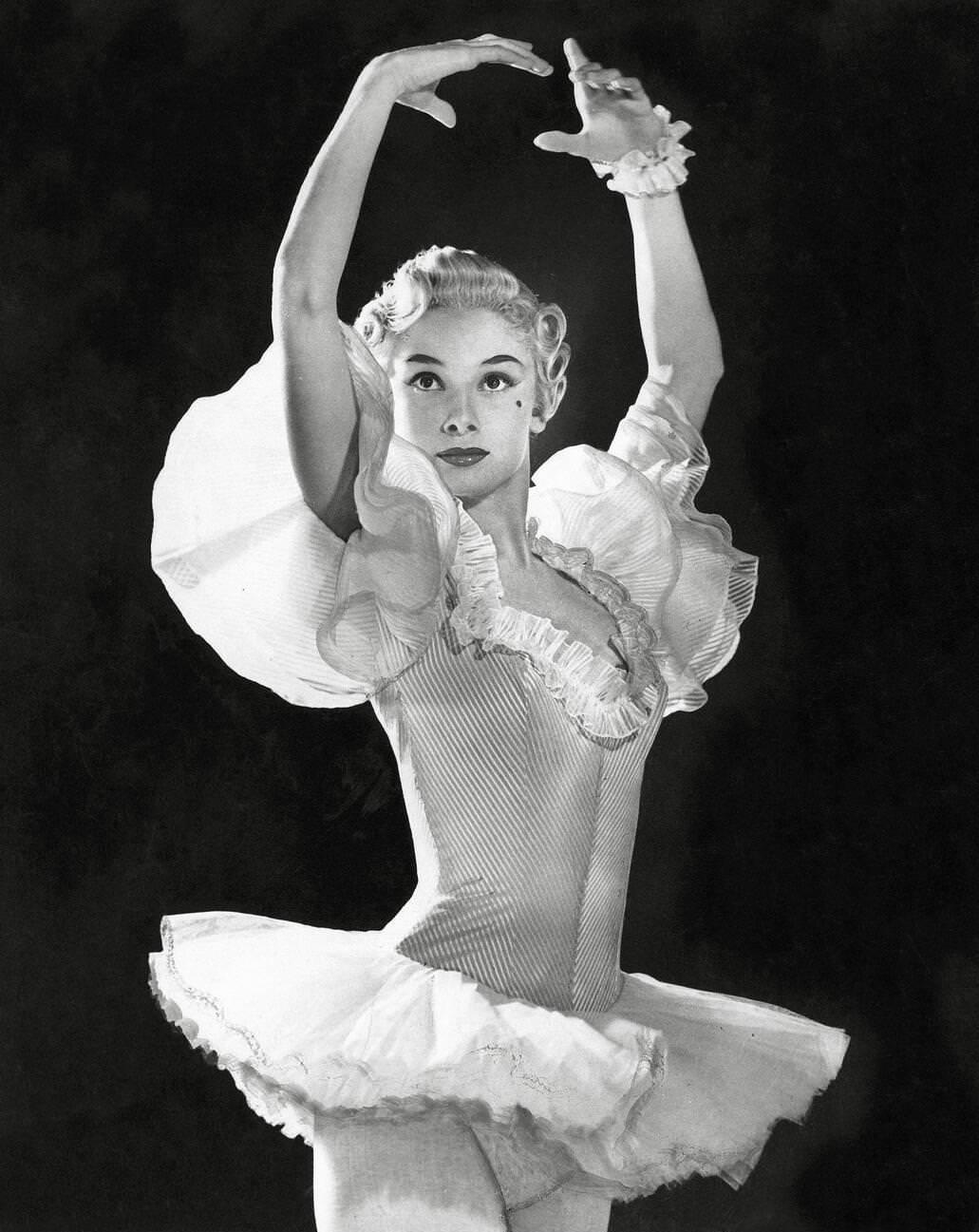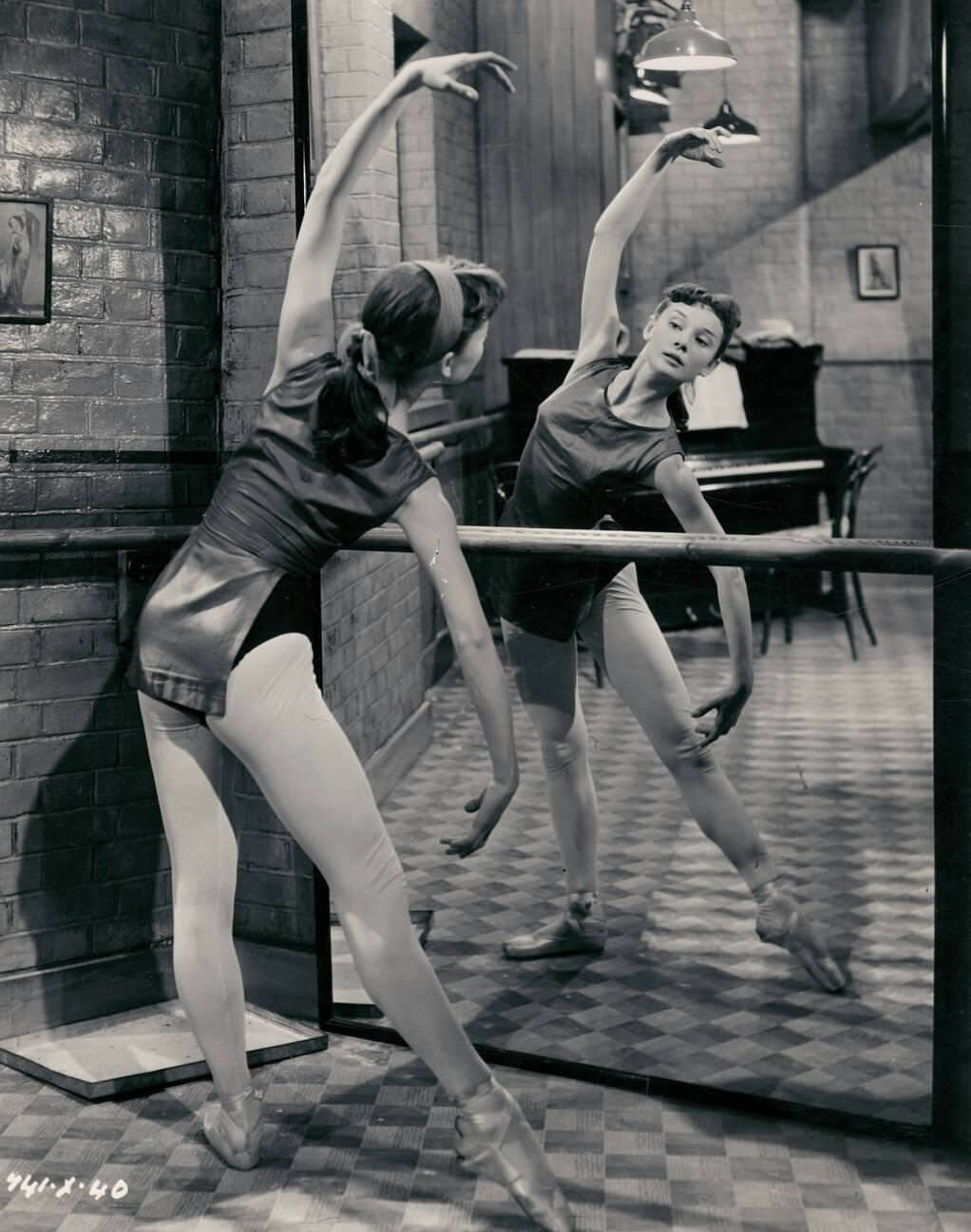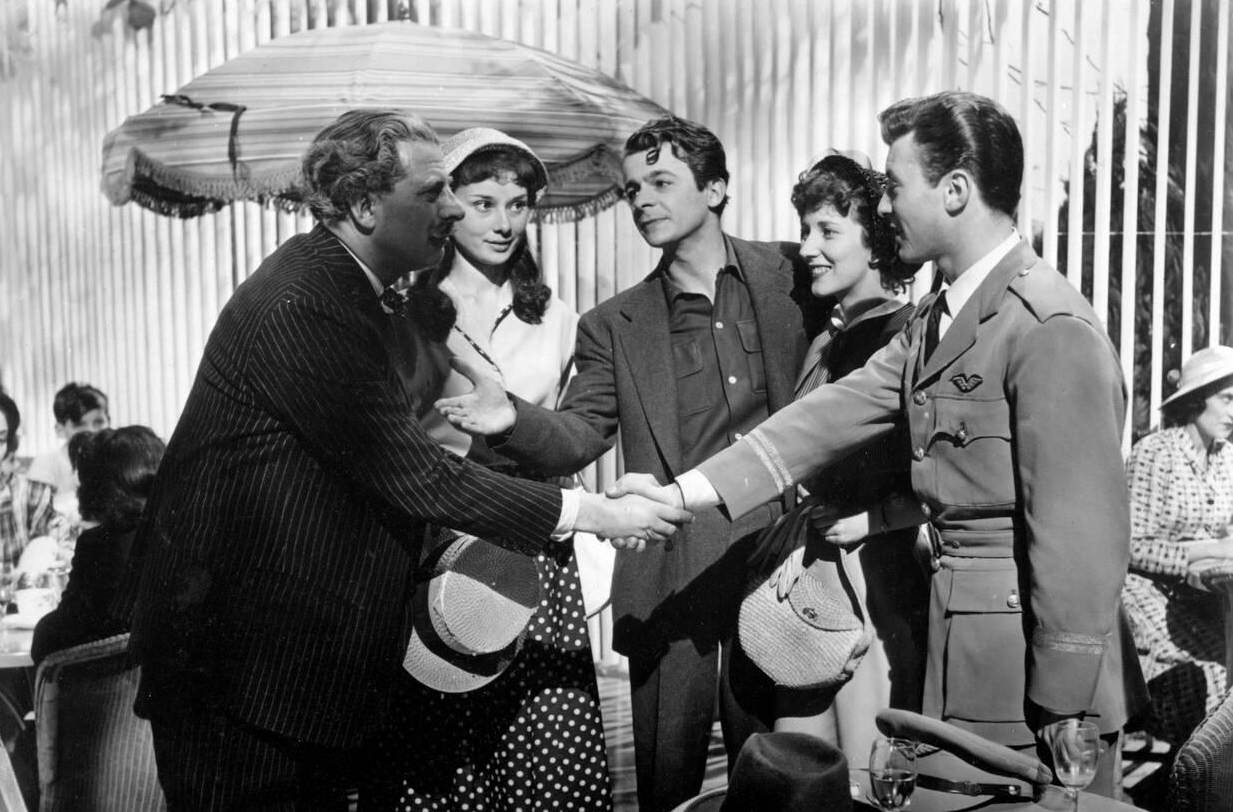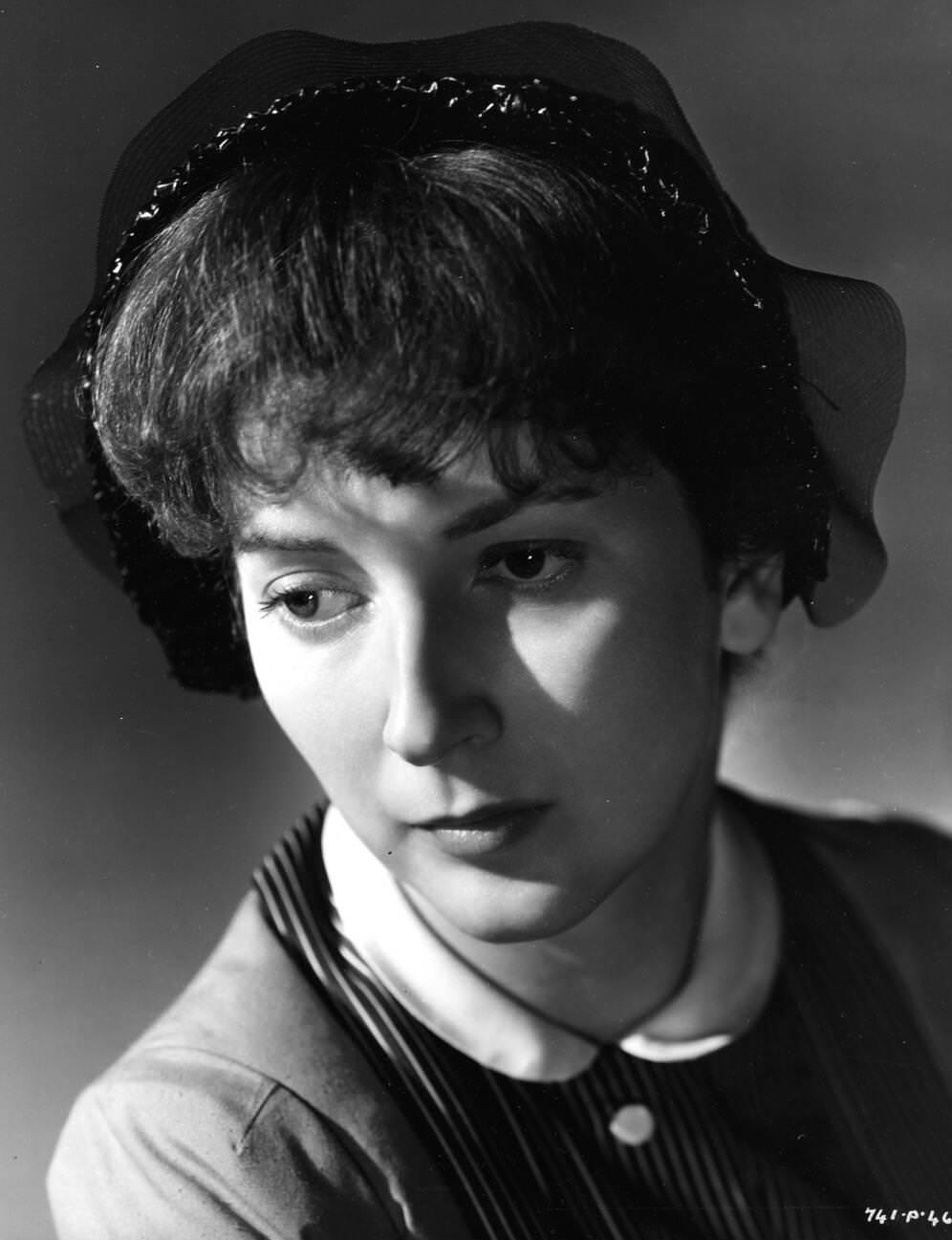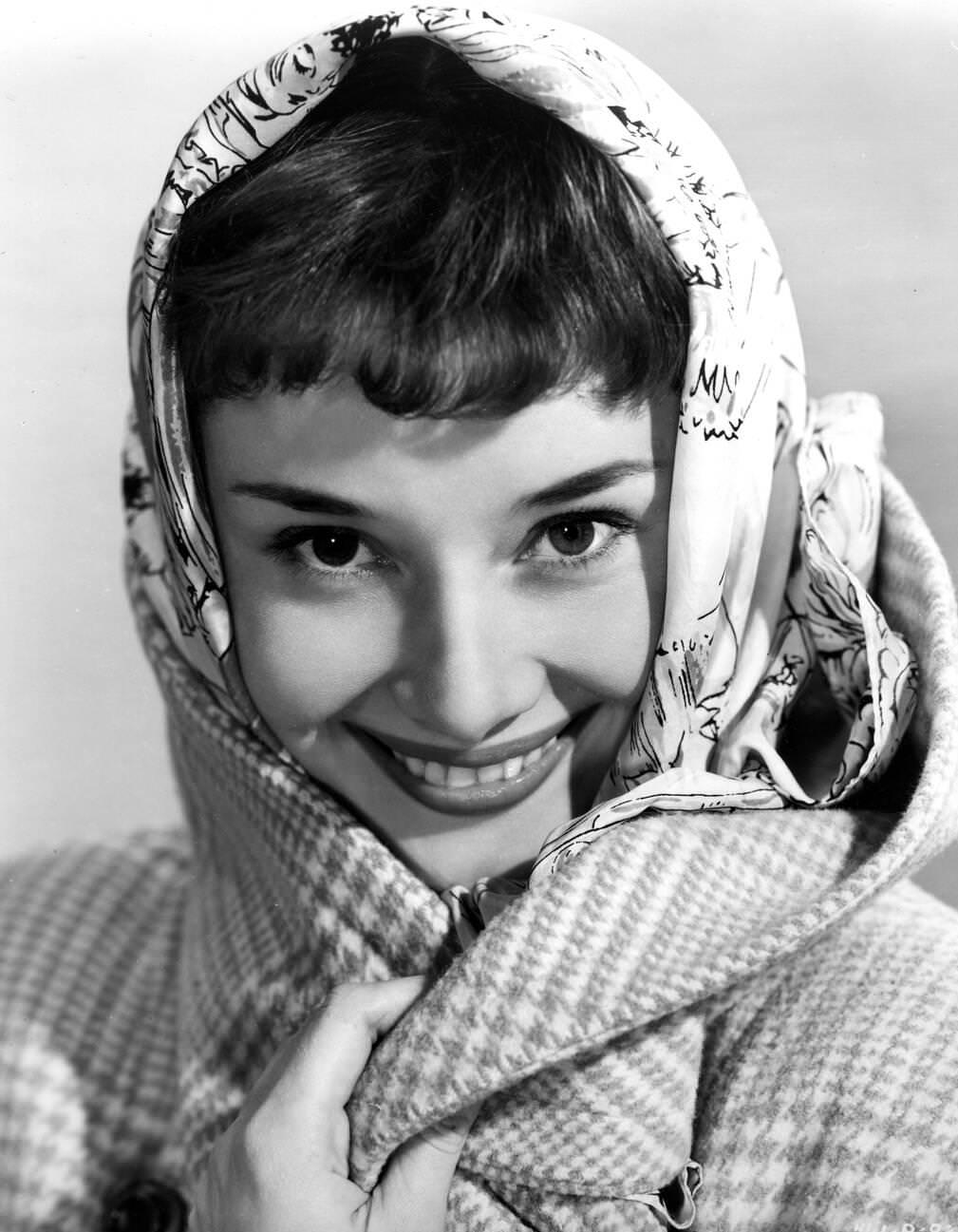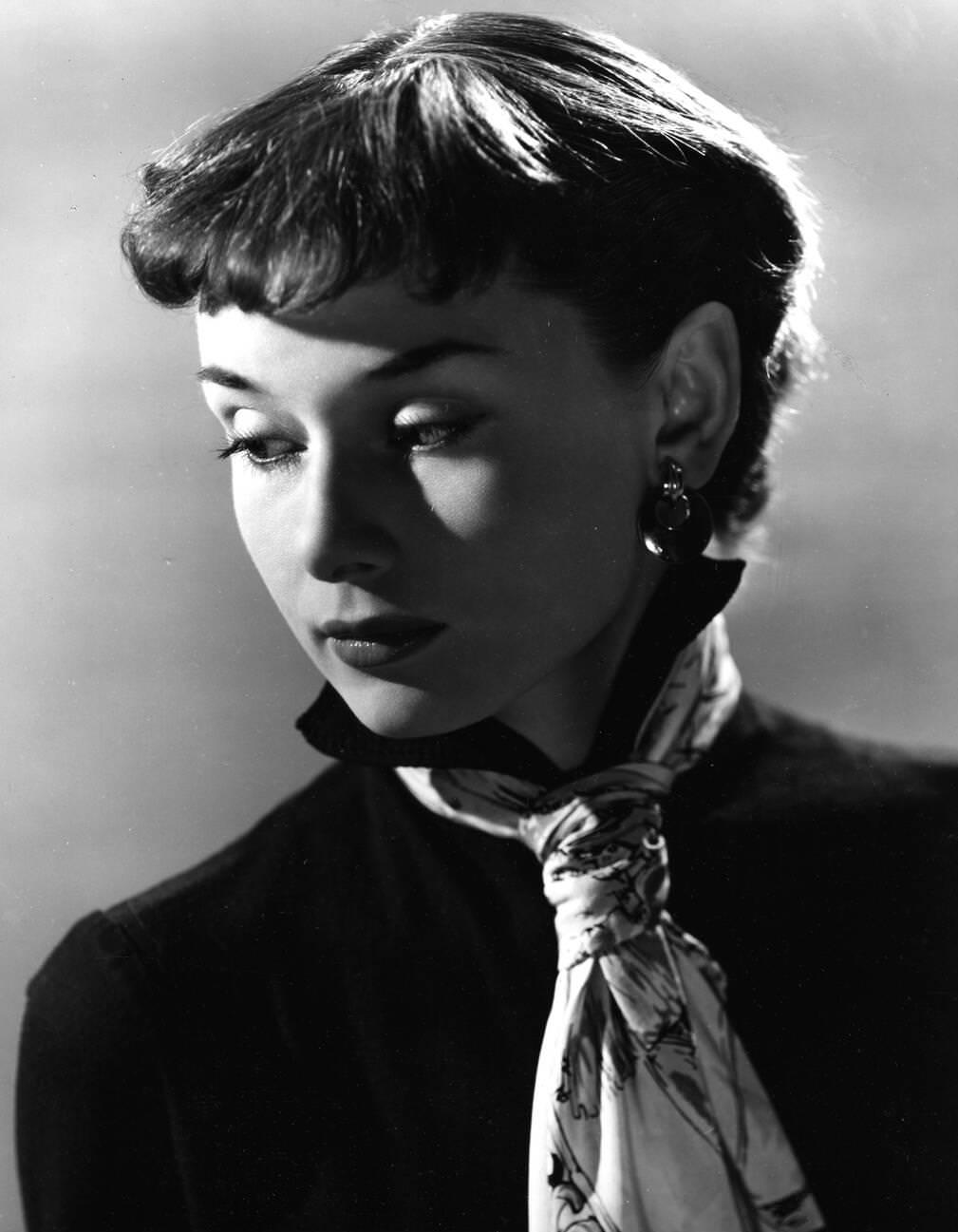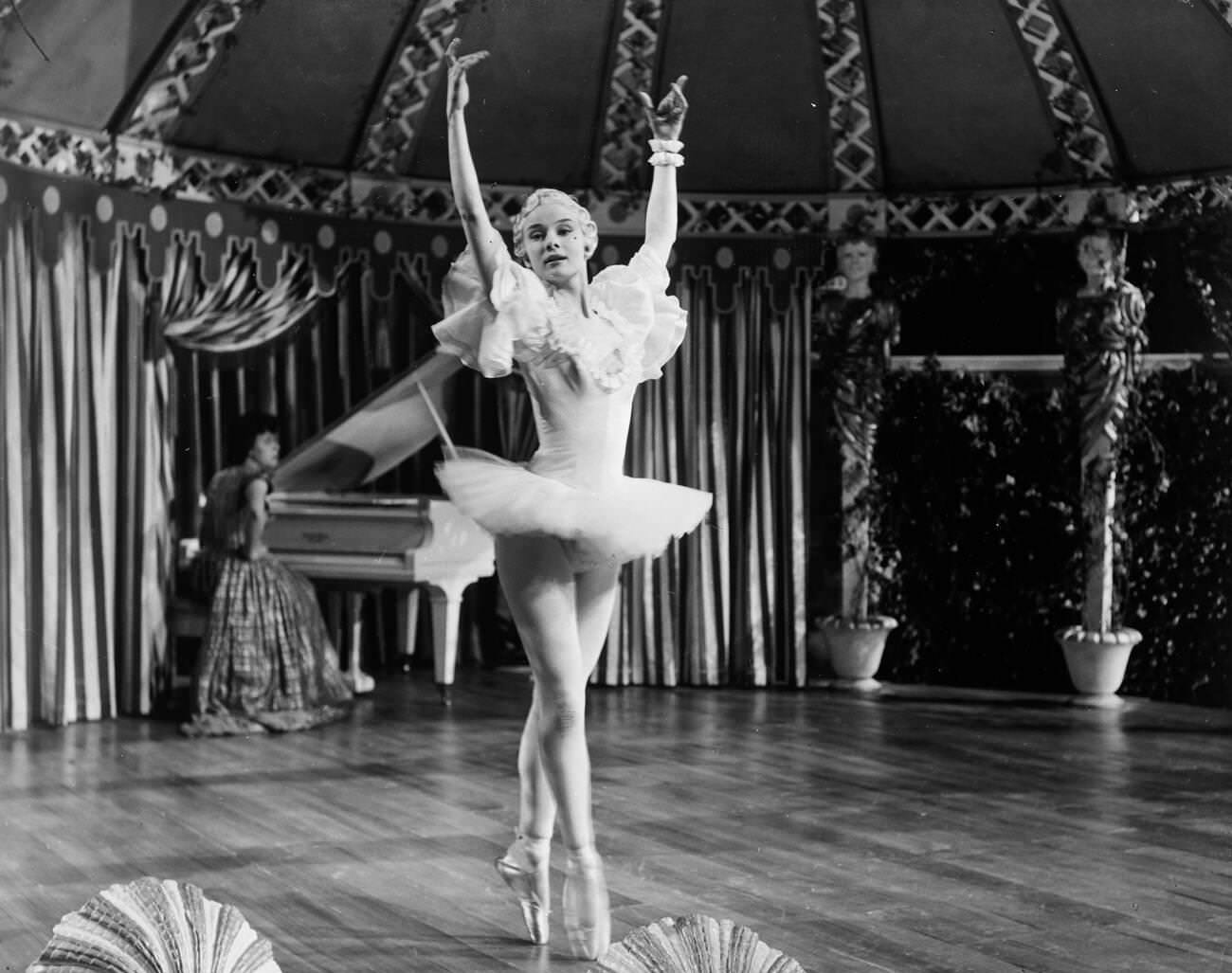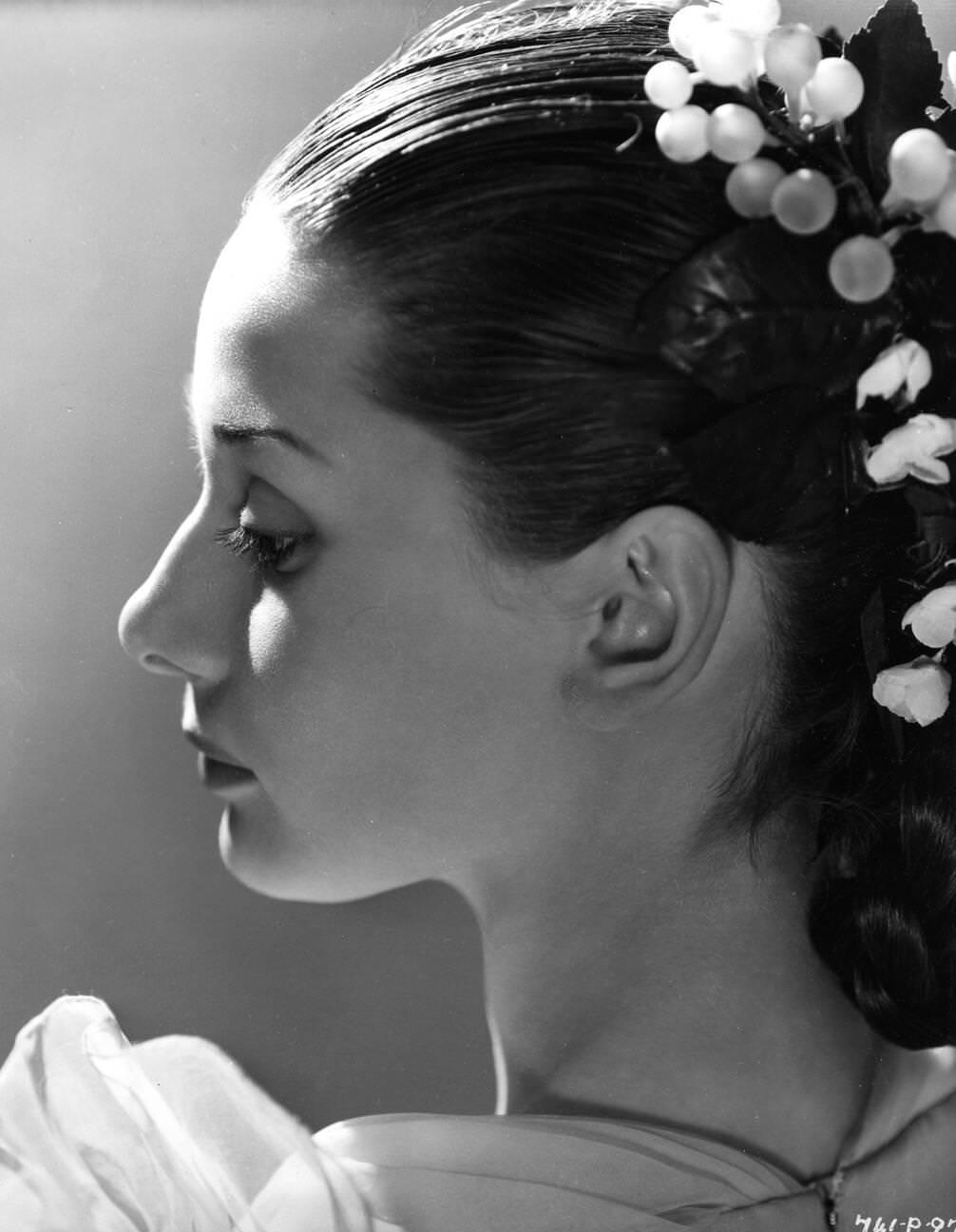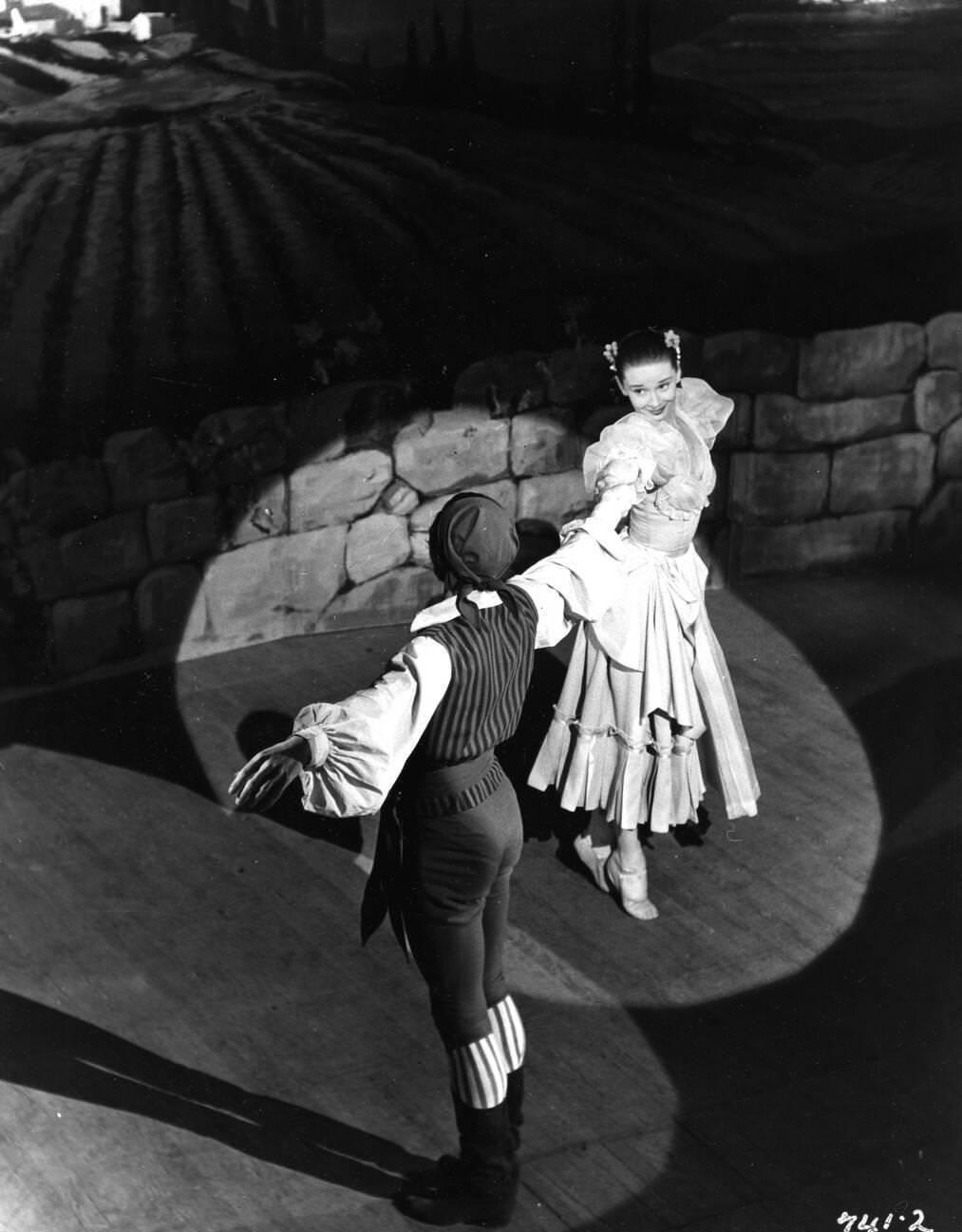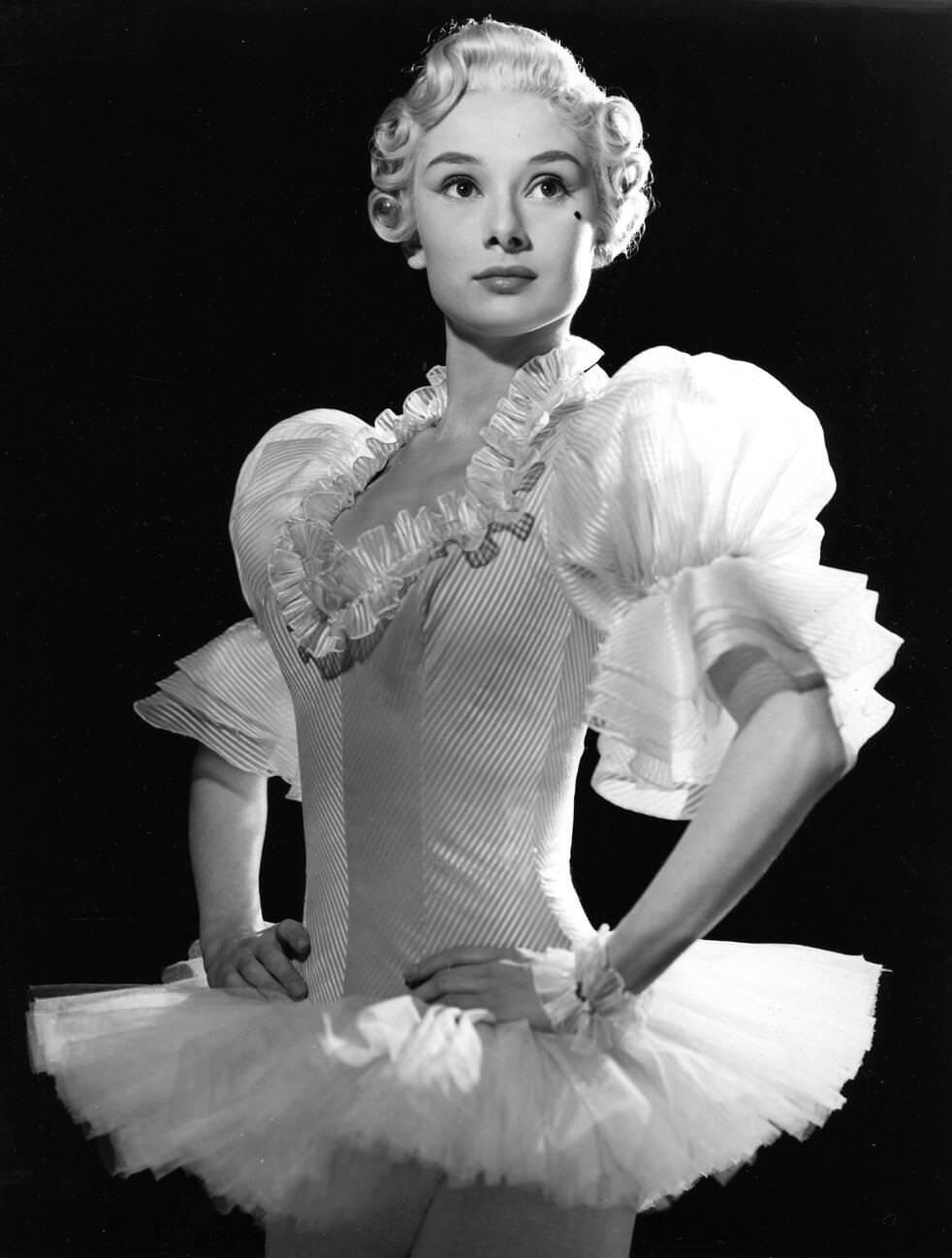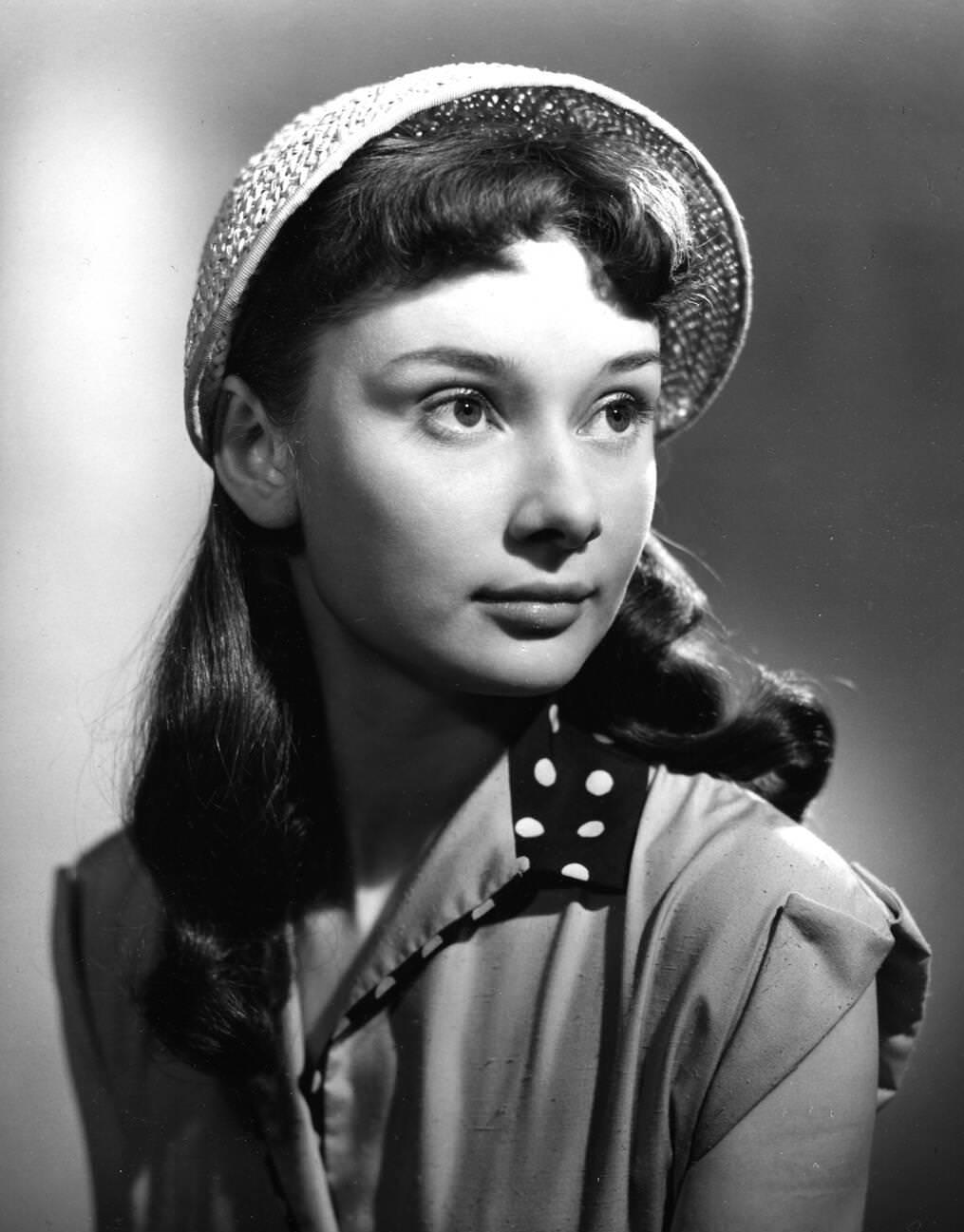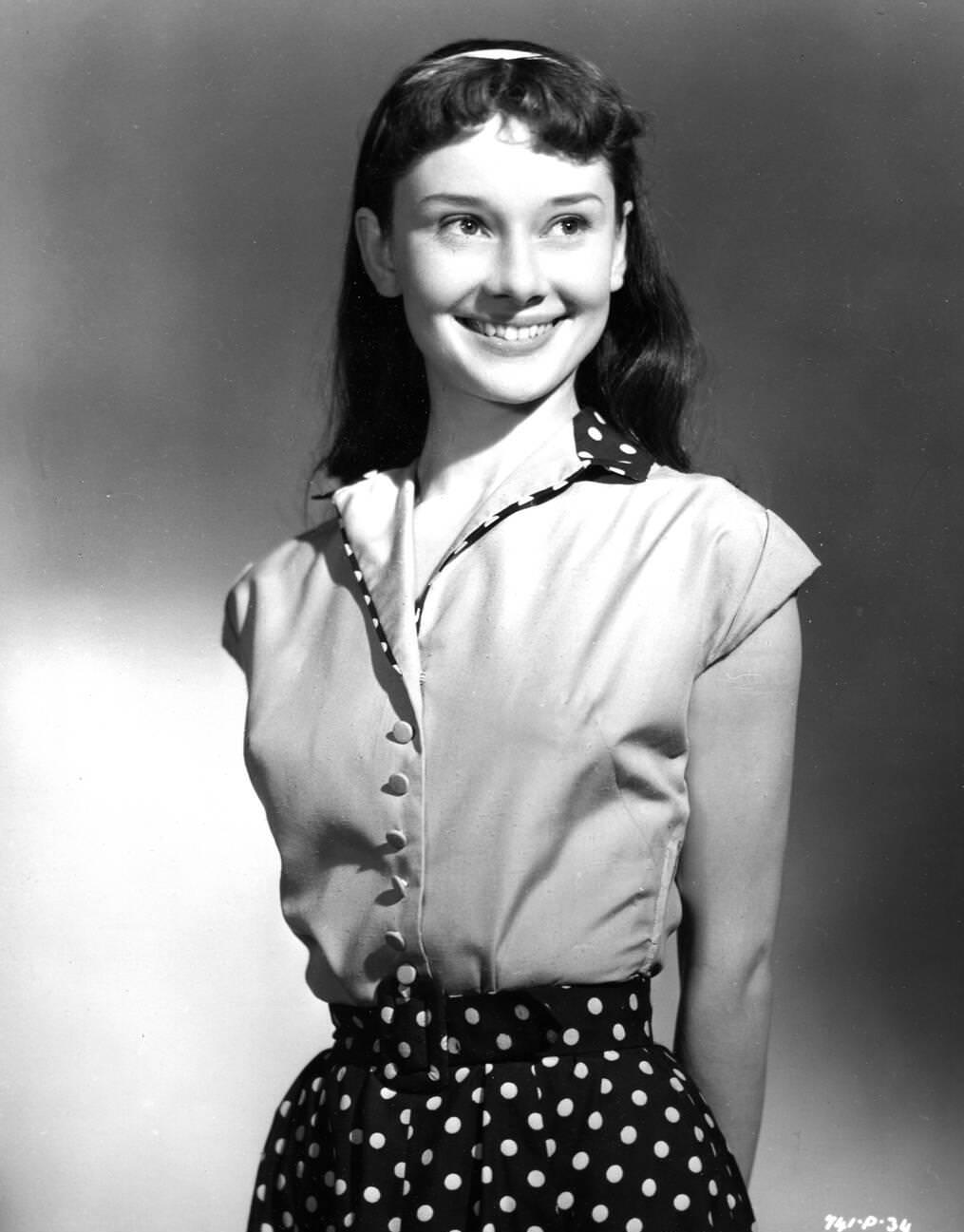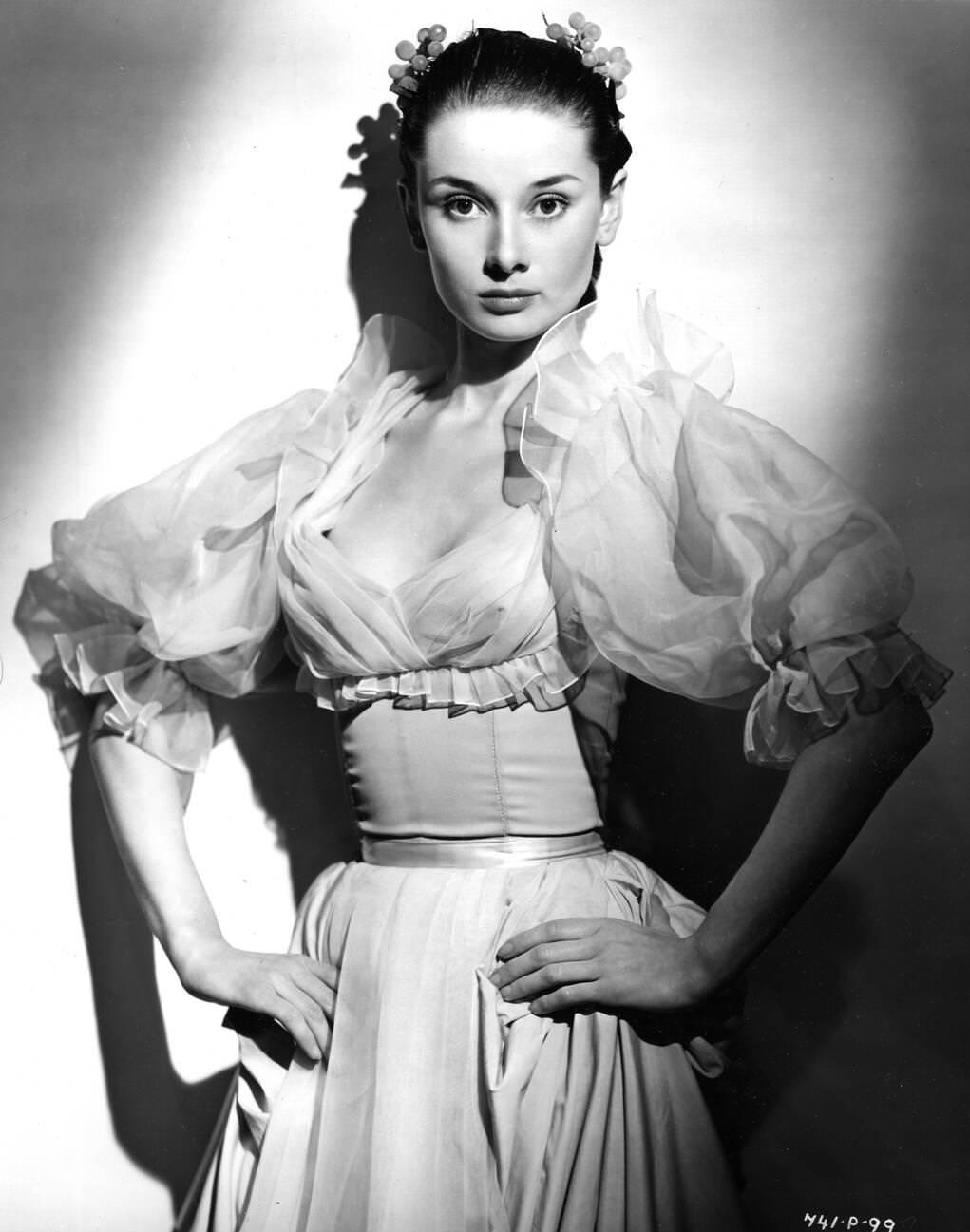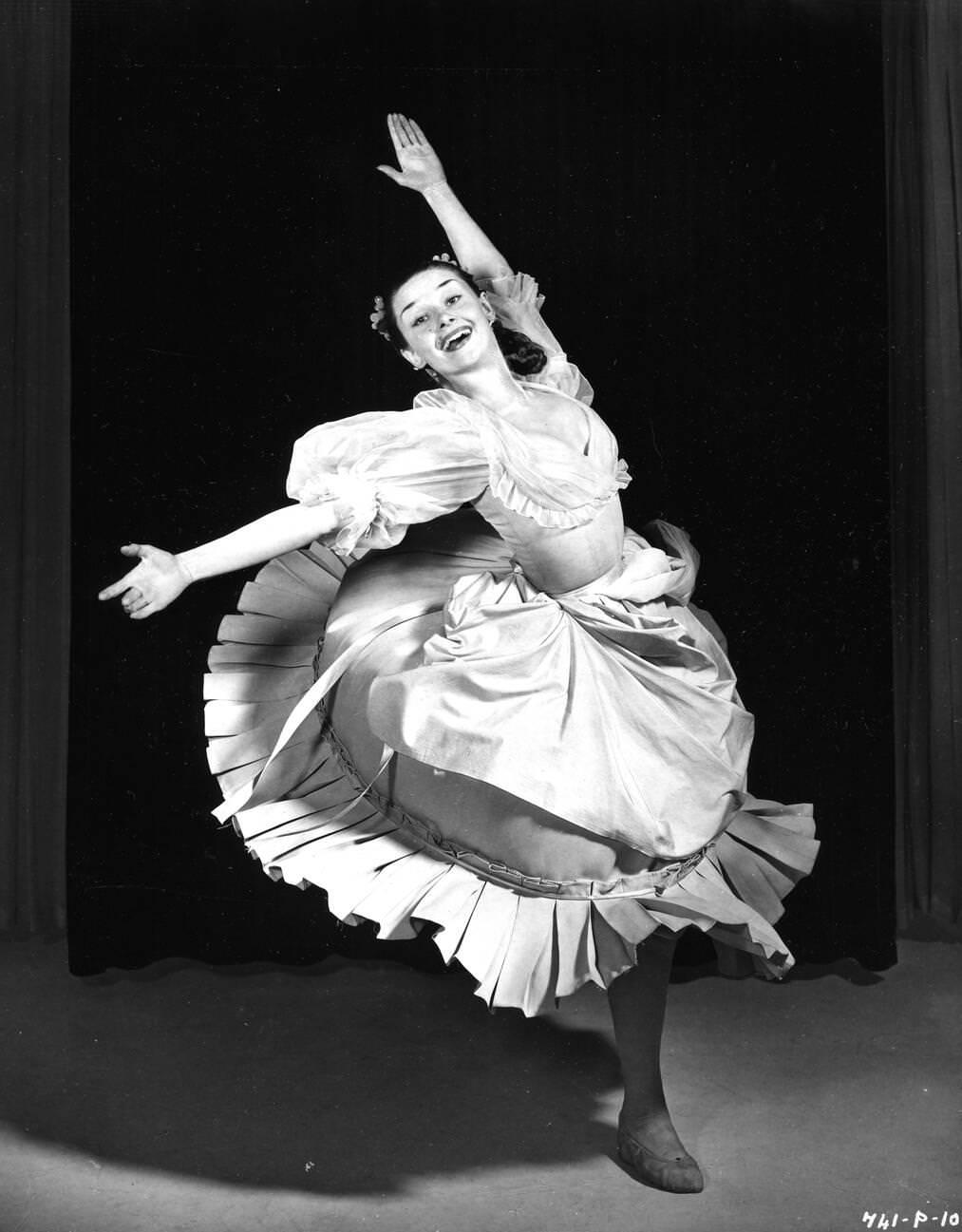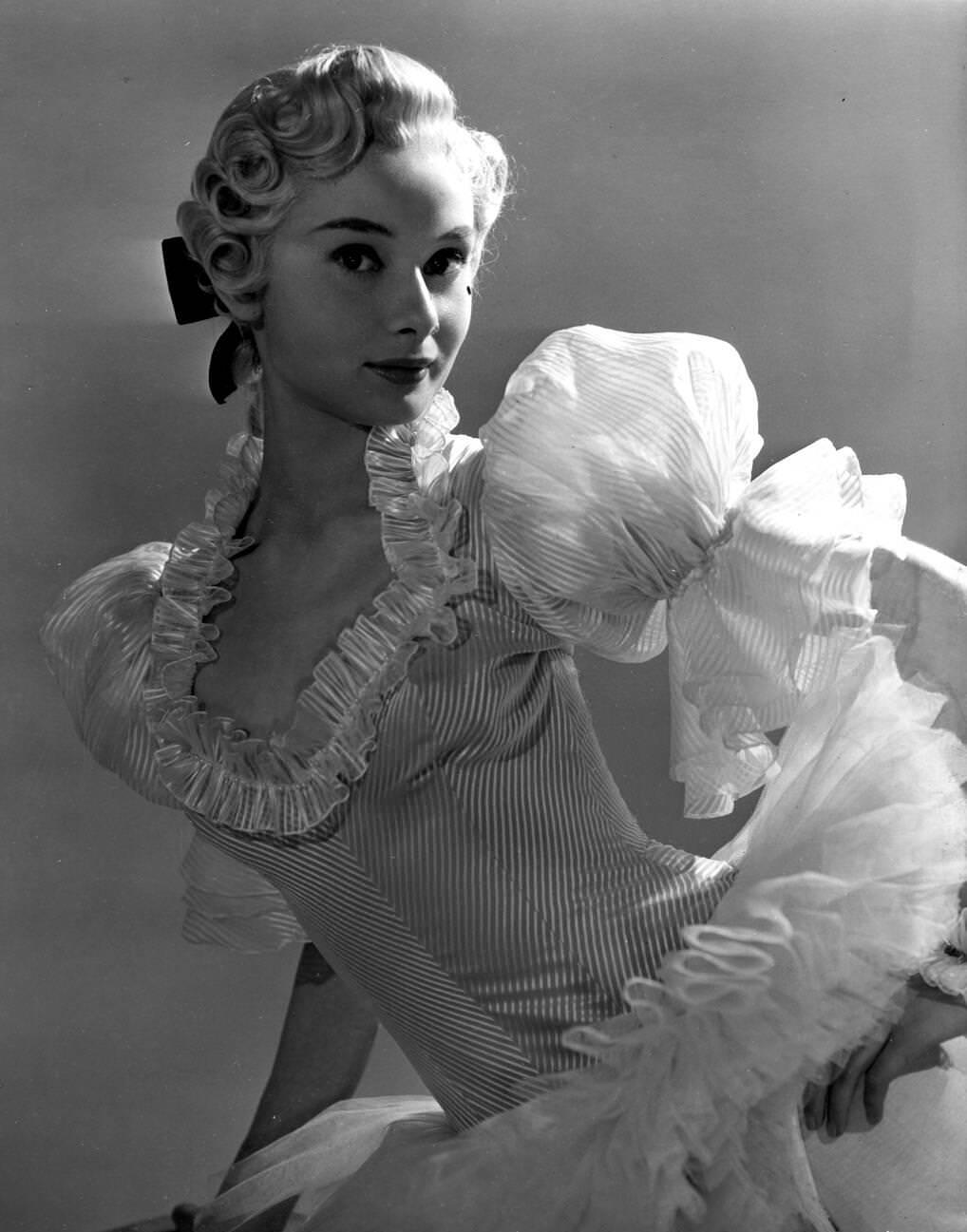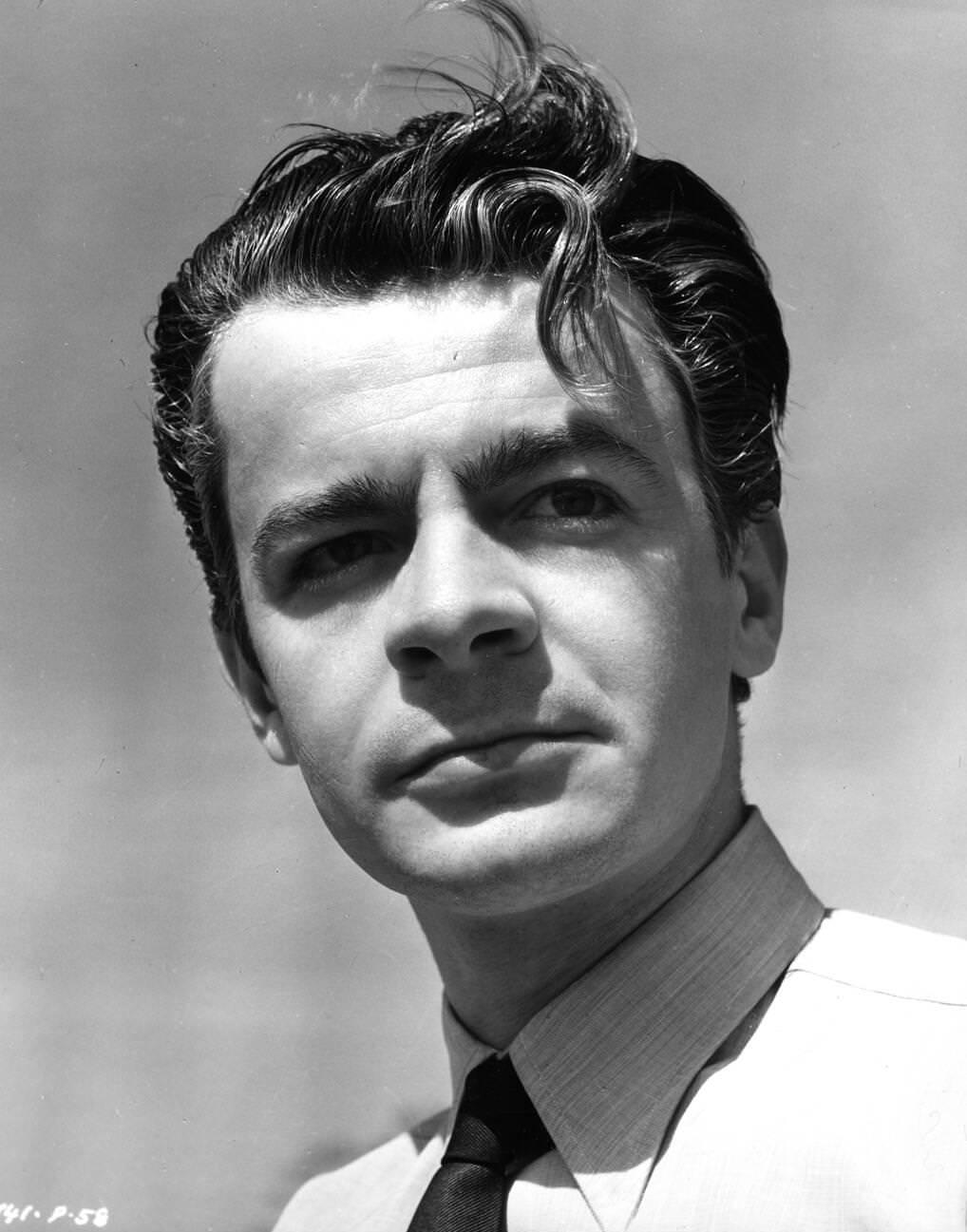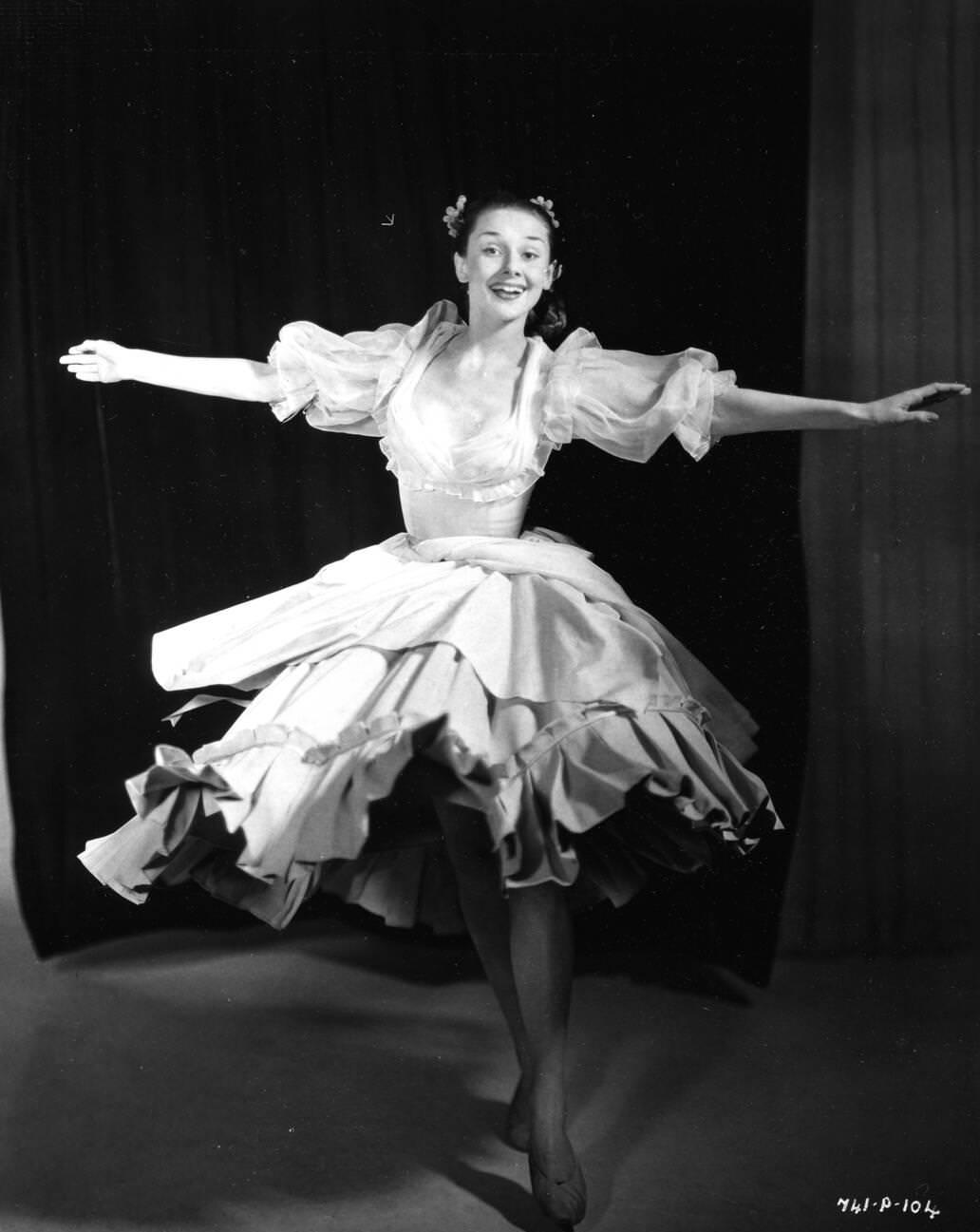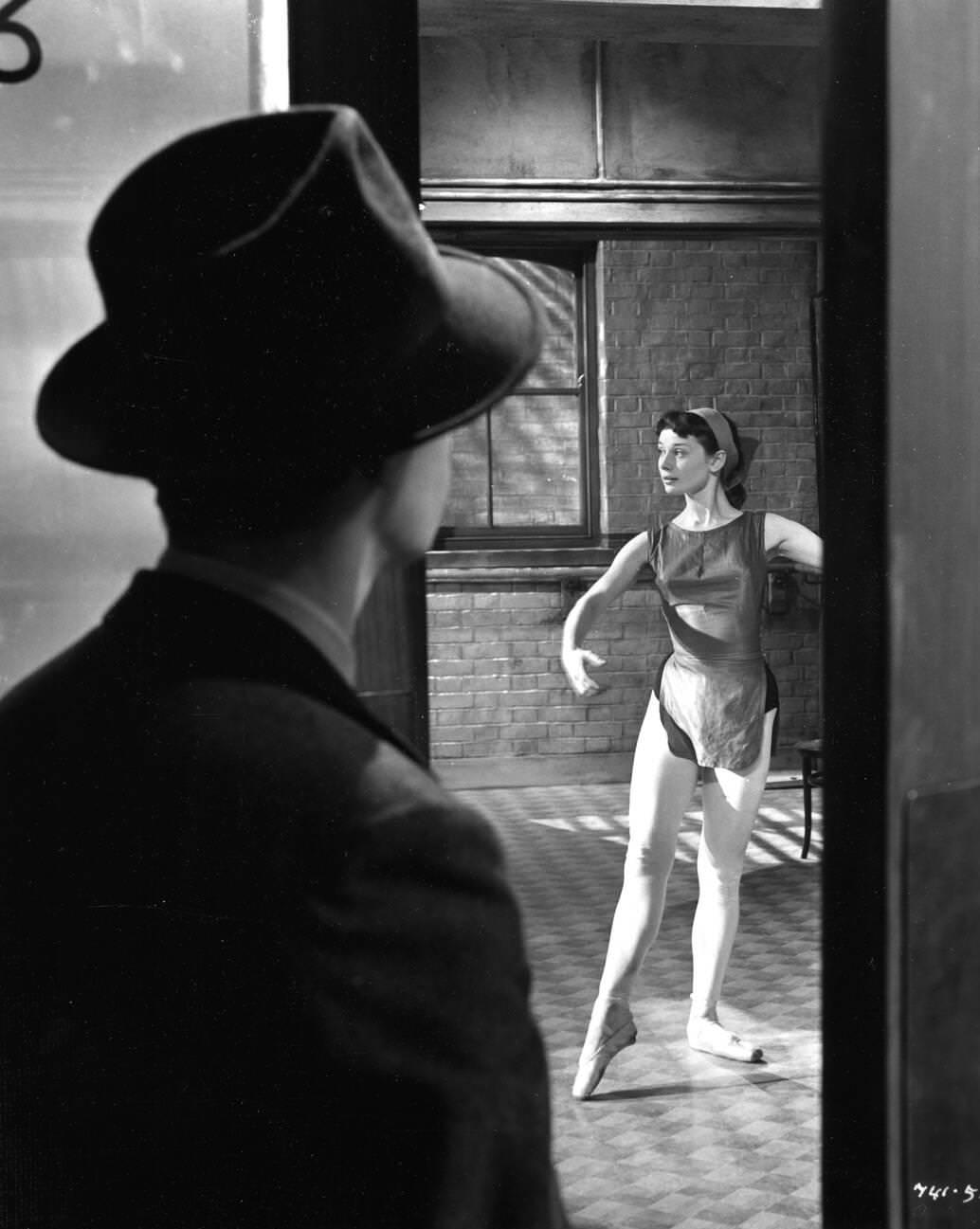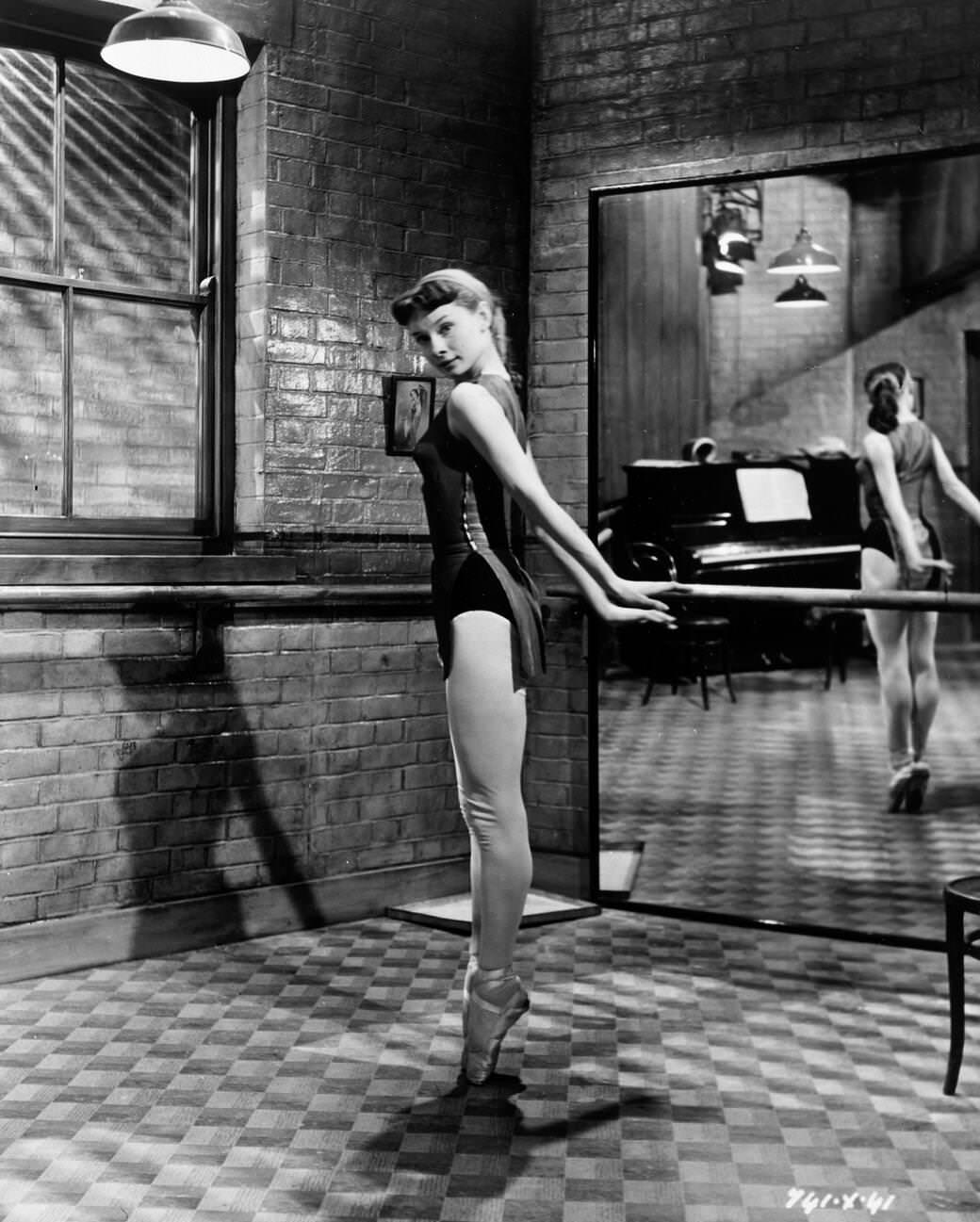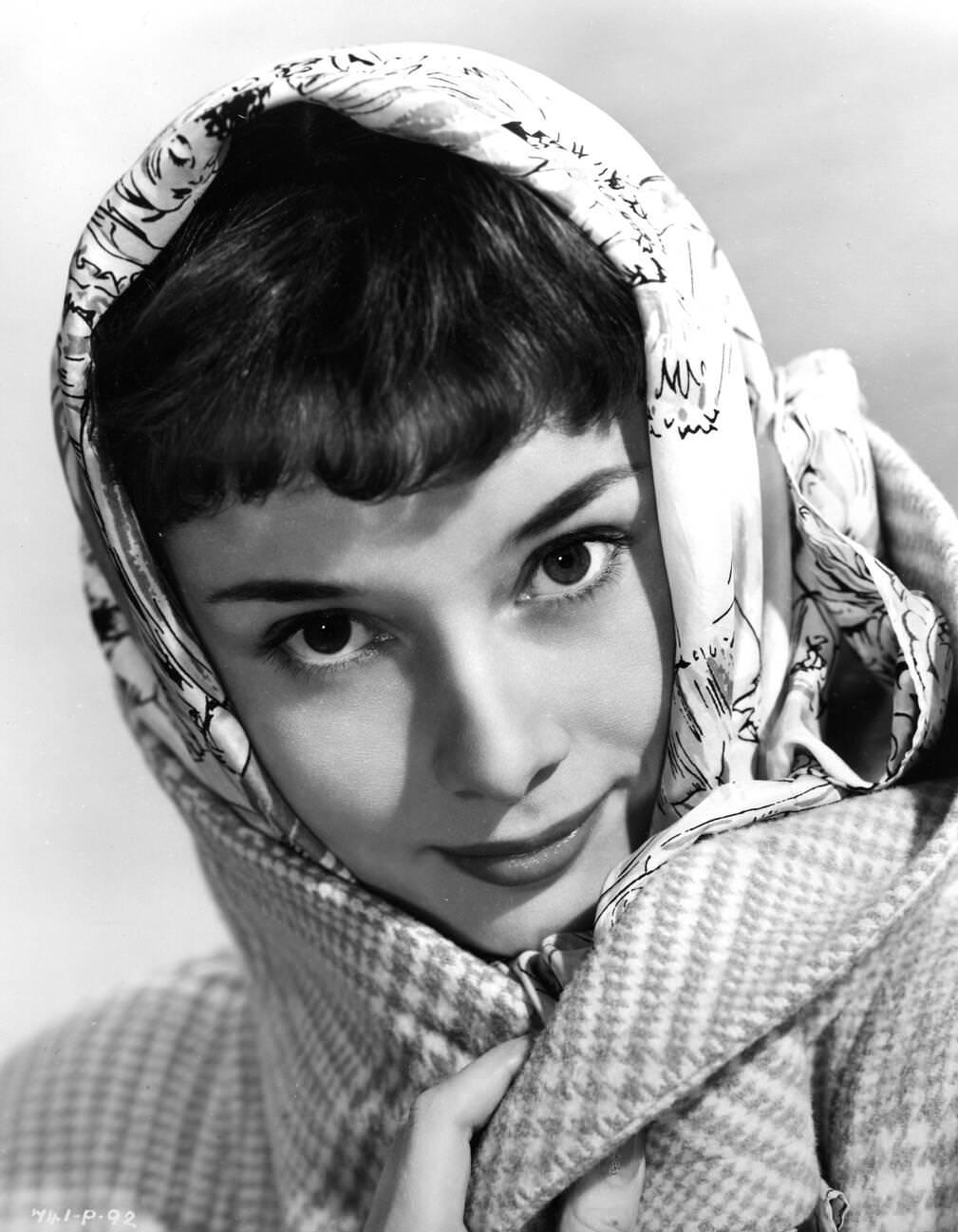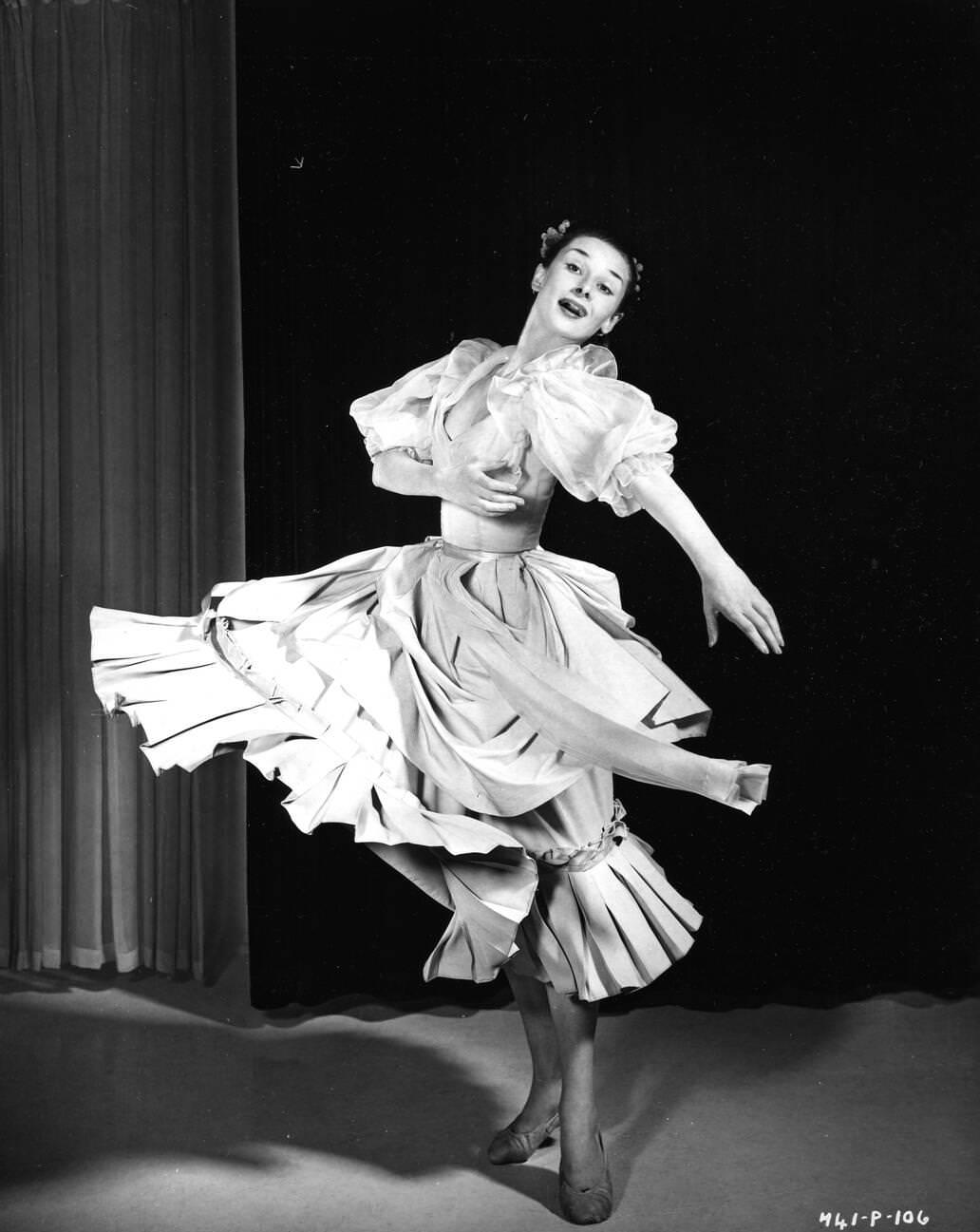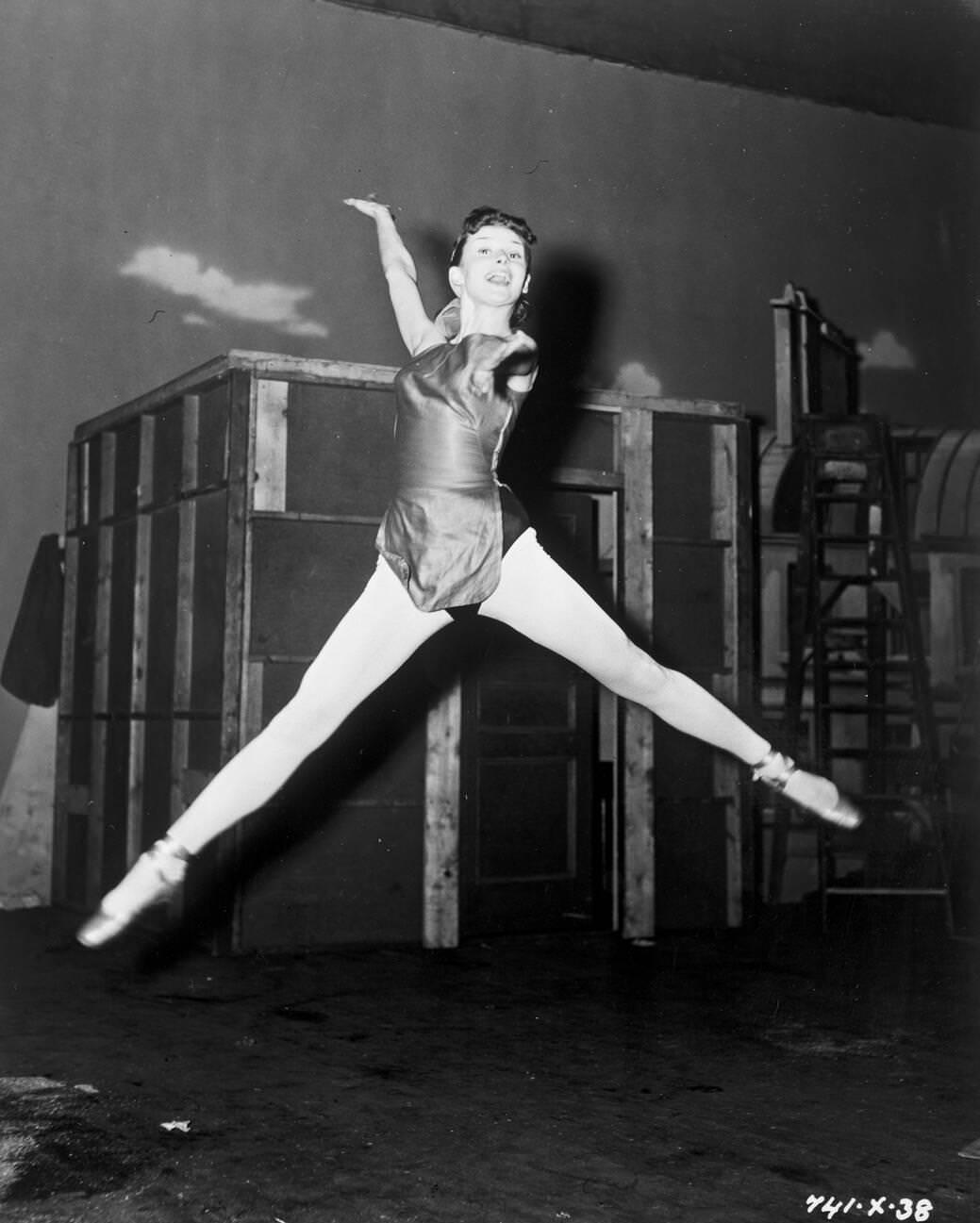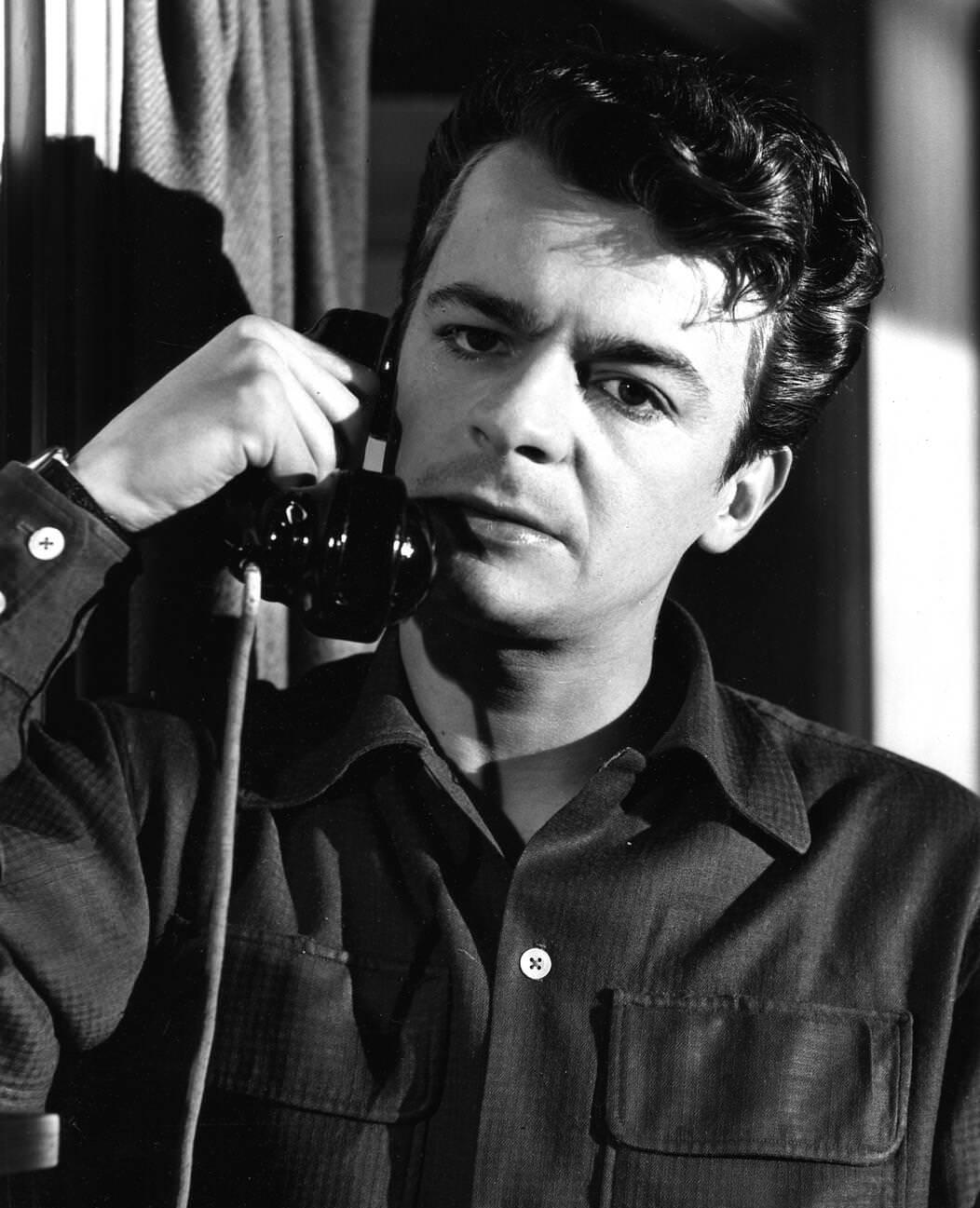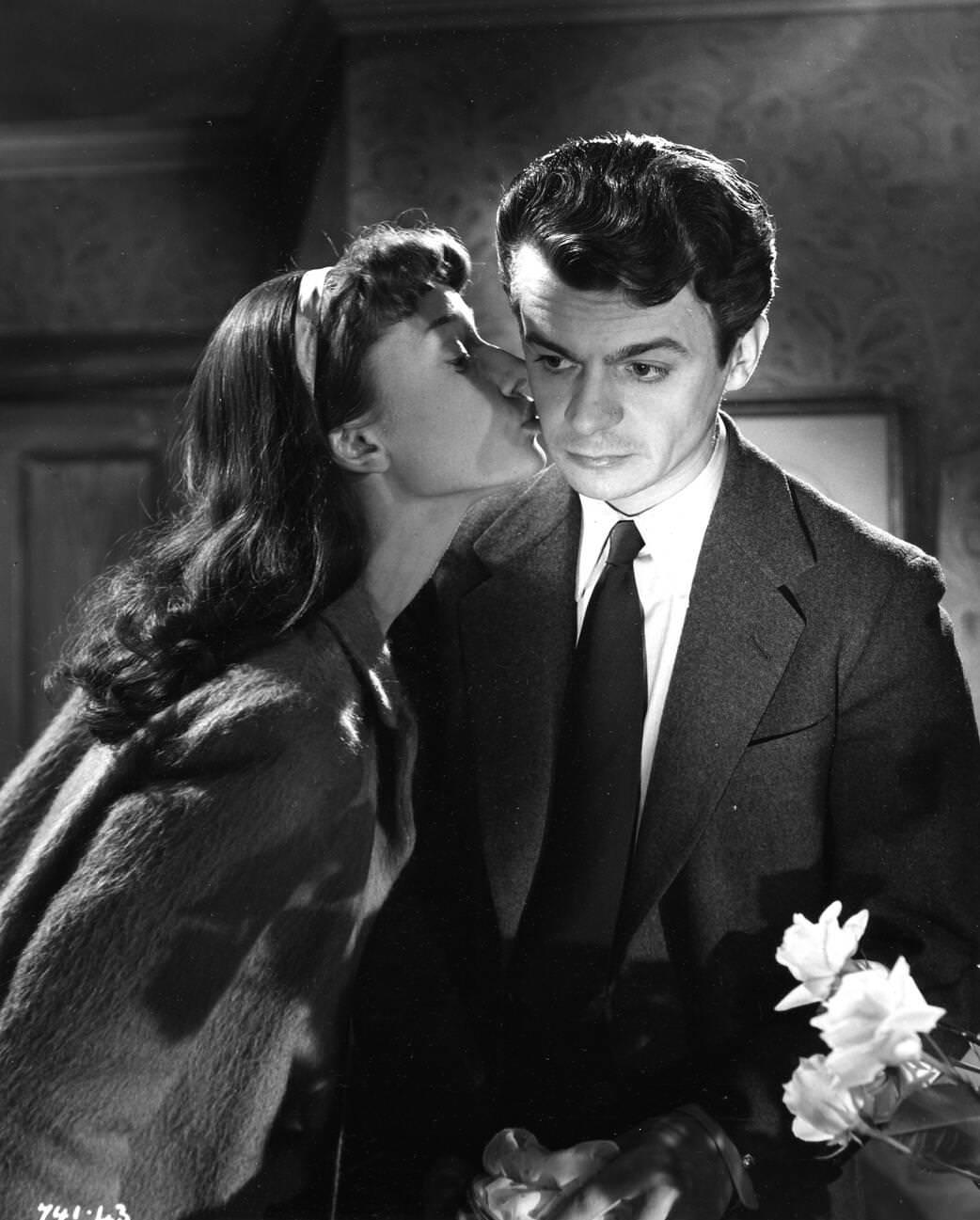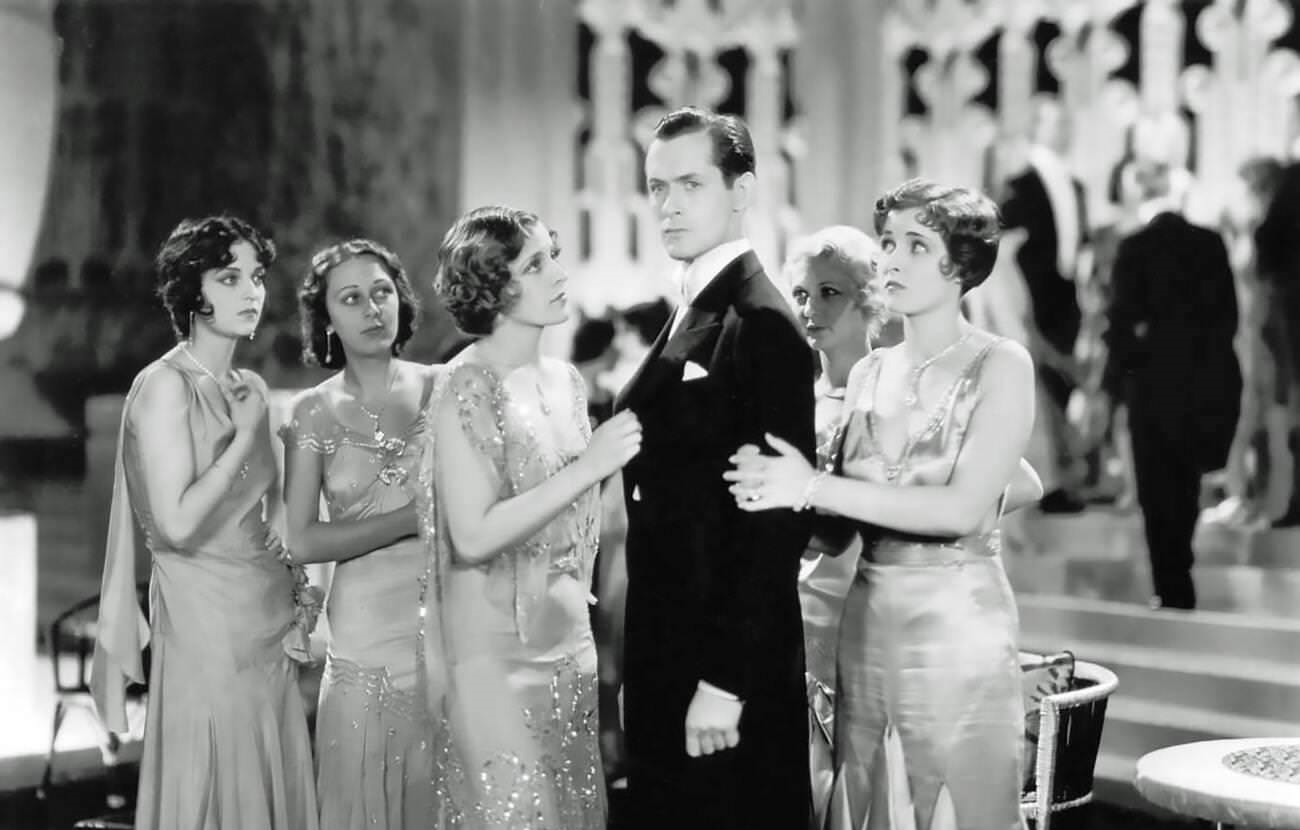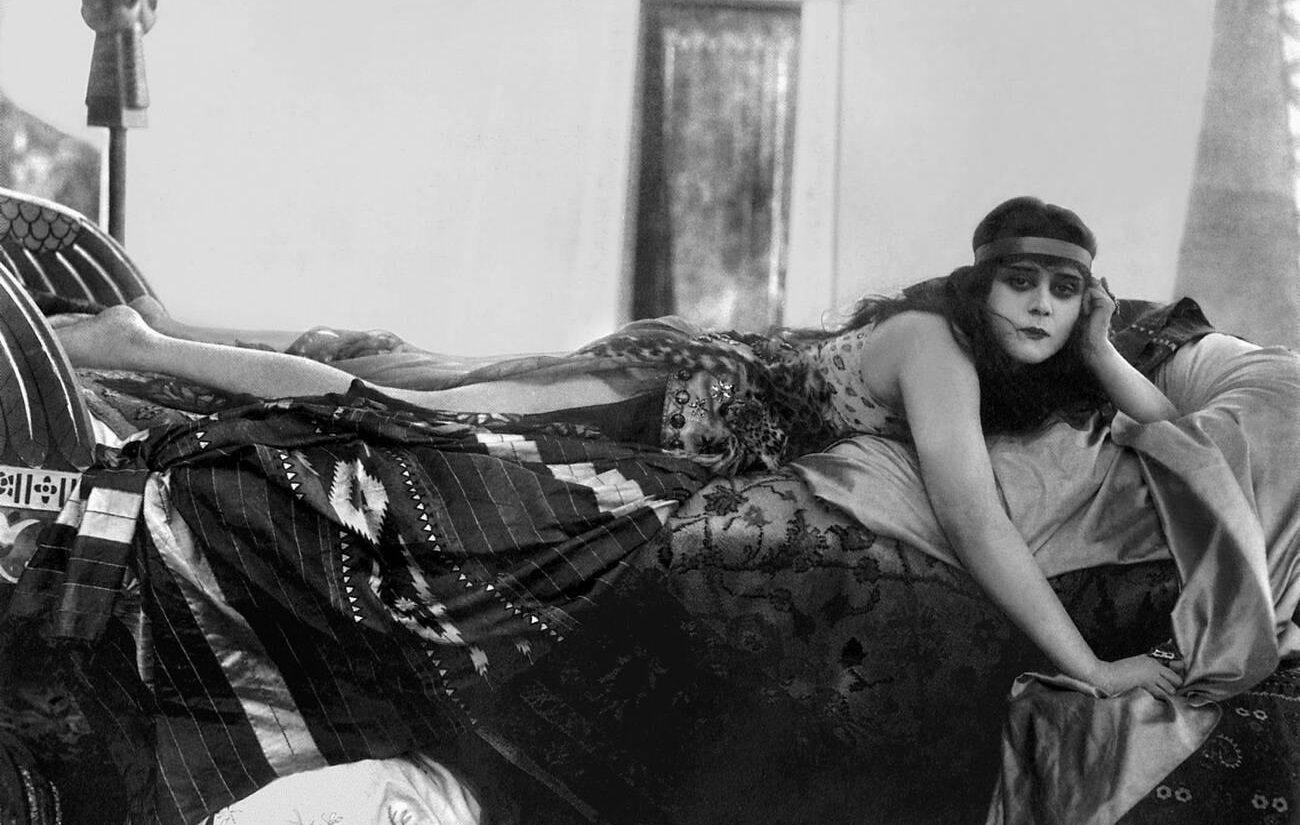“Secret People” (1952) offers a captivating entry into the early 1950s cinematic landscape, offering audiences a mix of drama, suspense, and the human psyche against the backdrop of political turmoil. Directed by Thorold Dickinson and featuring a young Audrey Hepburn in one of her earliest roles, the film delves into themes of loyalty, betrayal, and the moral complexities faced by individuals caught in the web of political intrigue.
The Plot
The story of “Secret People” centers around two sisters, Maria (played by Valentina Cortese) and Nora (played by Audrey Hepburn), who are forced to flee their home country and seek refuge in London after their father is killed by political oppressors. The tranquility of their new life is shattered when Louis, a family friend turned revolutionary, re-enters their lives with a dangerous proposition that thrusts the sisters into a clandestine world of political activism and terrorism.
The story unfolds as Maria becomes unwittingly involved in a plot to assassinate a political dictator visiting London, a move that spirals into unforeseen consequences and moral dilemmas. The film navigates the sisters’ struggles with their own principles, the bonds of family, and the harsh realities of a world marred by political conflict.
Cast and Performances
“Secret People” is notable for its compelling performances, particularly from Valentina Cortese, whose portrayal of Maria captures the emotional turmoil and complexity of a woman torn between her desire for a peaceful life and her sense of duty towards her country. Audrey Hepburn, in one of her earliest film roles, brings a sense of innocence and vulnerability to Nora.
The cast also includes Serge Reggiani as Louis, the charismatic revolutionary whose actions set the plot in motion, and Charles Goldner, who plays Anselmo, another key figure in the resistance movement.
Direction and Cinematography
Dickinson effectively utilizes the medium of film to explore the inner lives of his characters, weaving together personal drama and political intrigue. The cinematography, helmed by Gordon Dines, complements the film’s narrative with its moody lighting and inventive shot compositions, capturing the tension and uncertainty that permeate the story.
The London setting plays a crucial role in the film, with its post-war atmosphere serving as a backdrop for the story’s exploration of displacement and the search for belonging. The city, with its mix of the familiar and the foreign, mirrors the sisters’ own journey from innocence to a complex understanding of their place in a world fraught with conflict.


